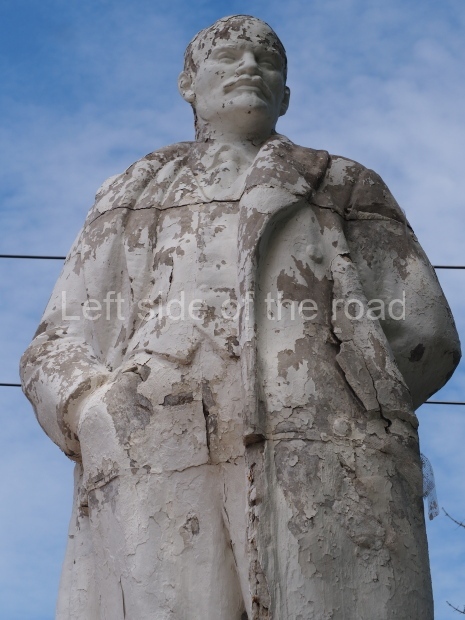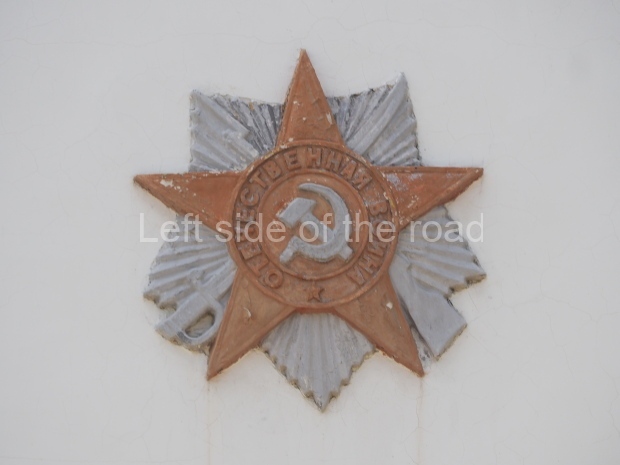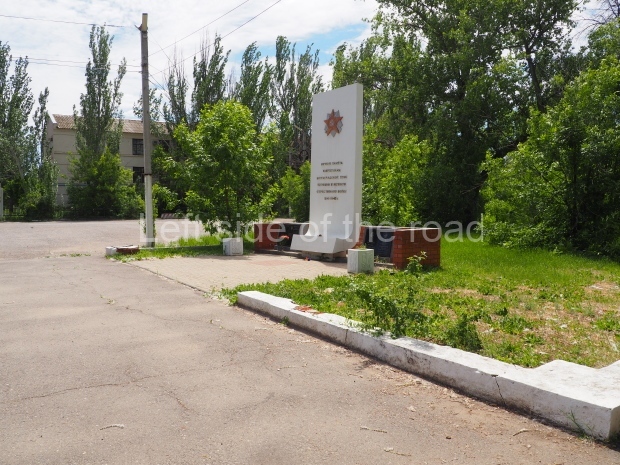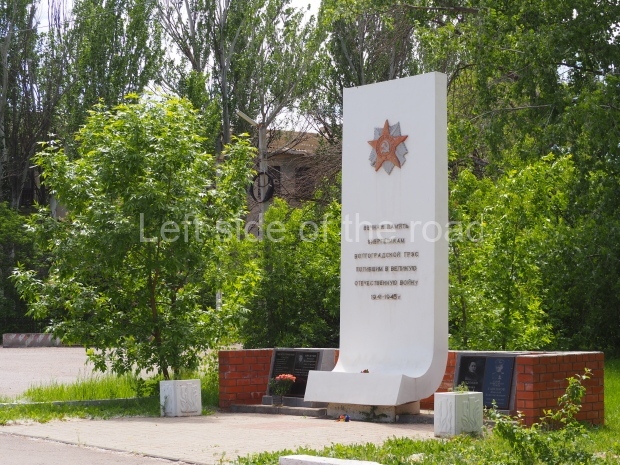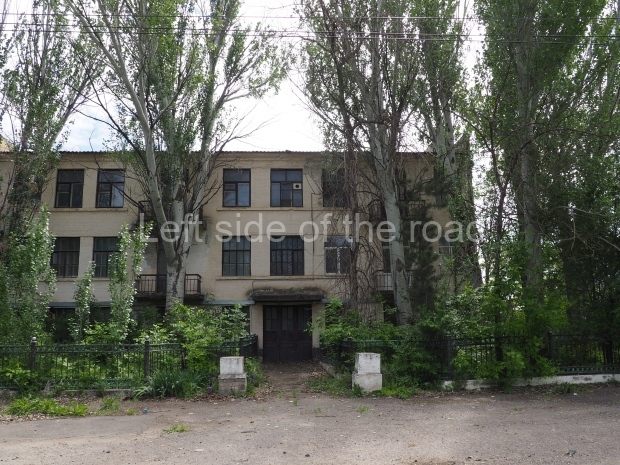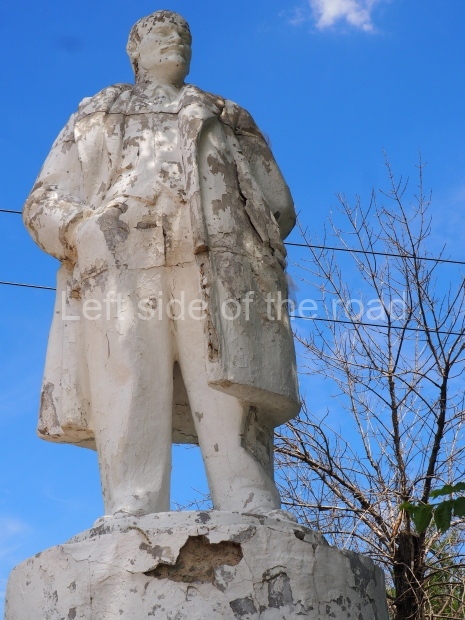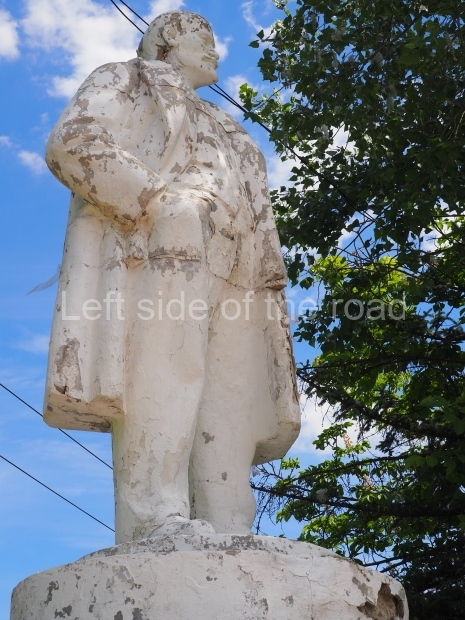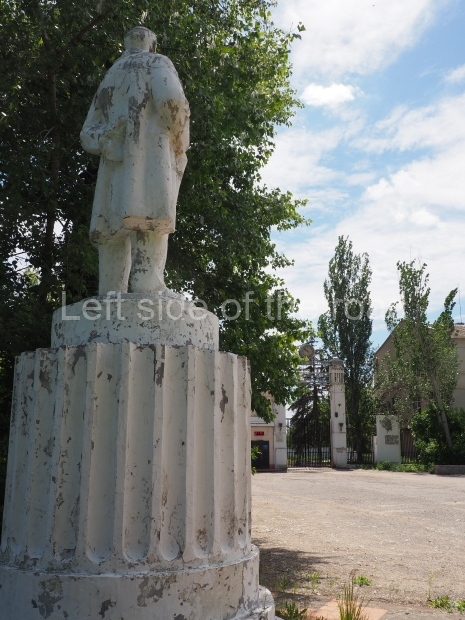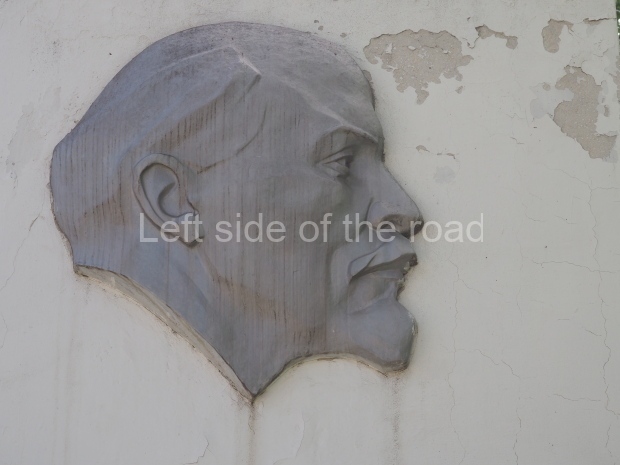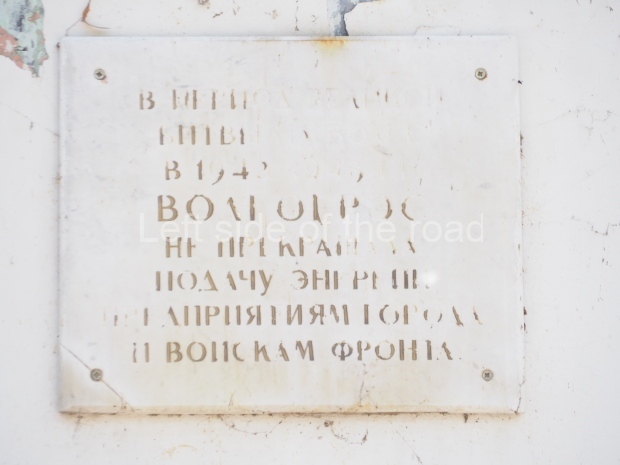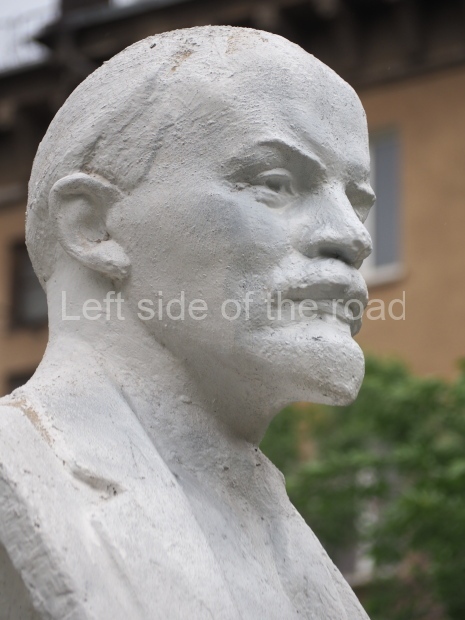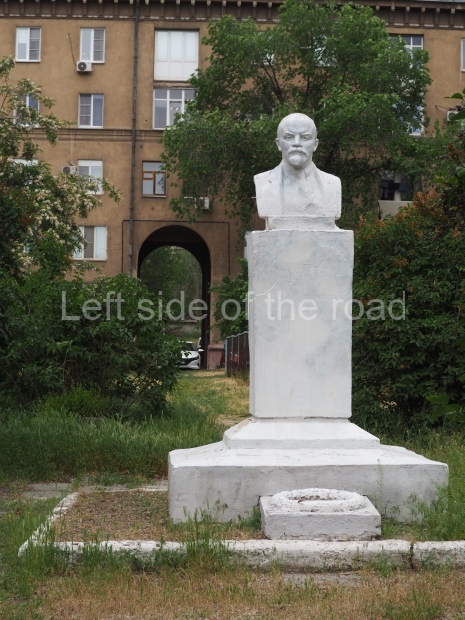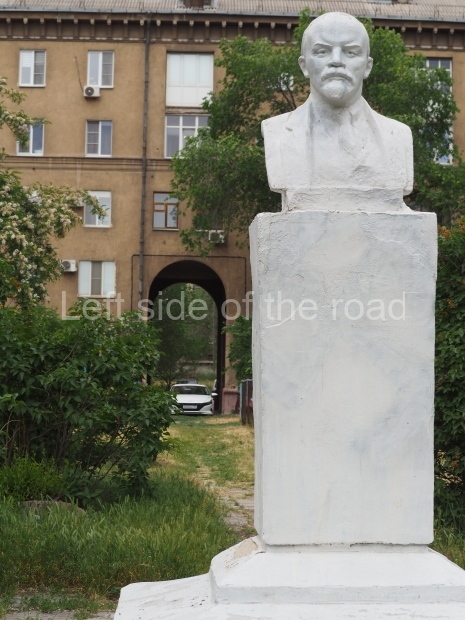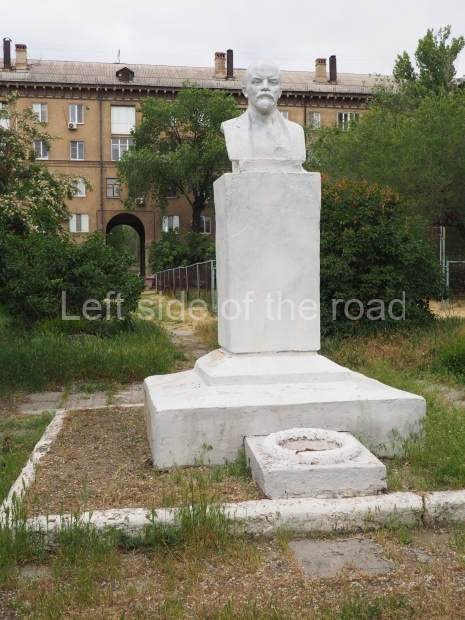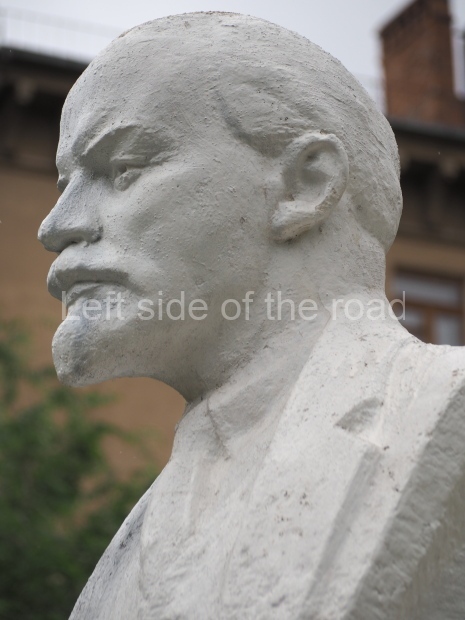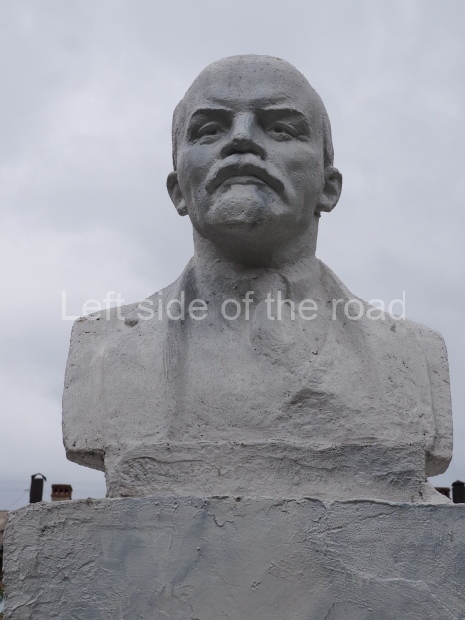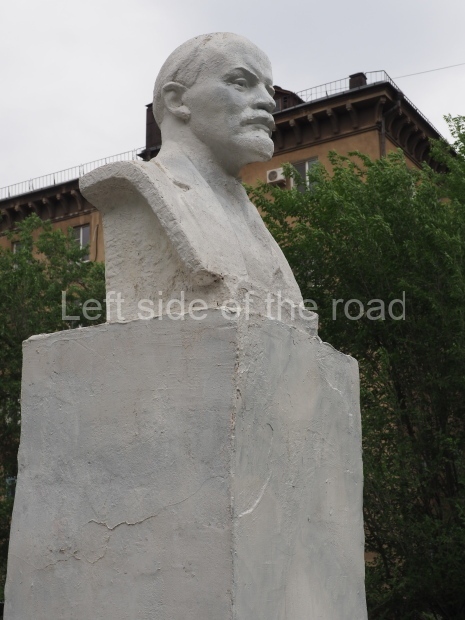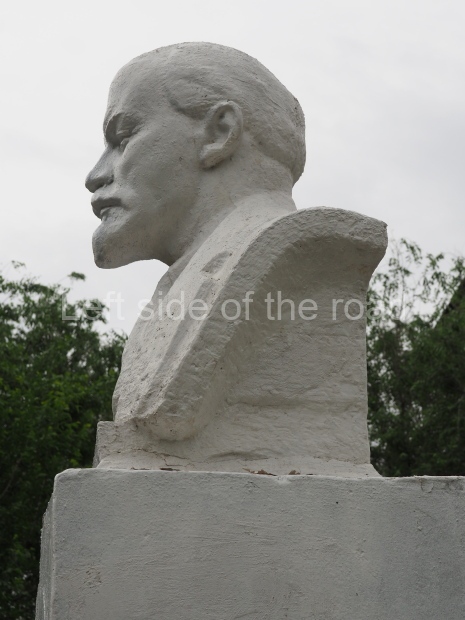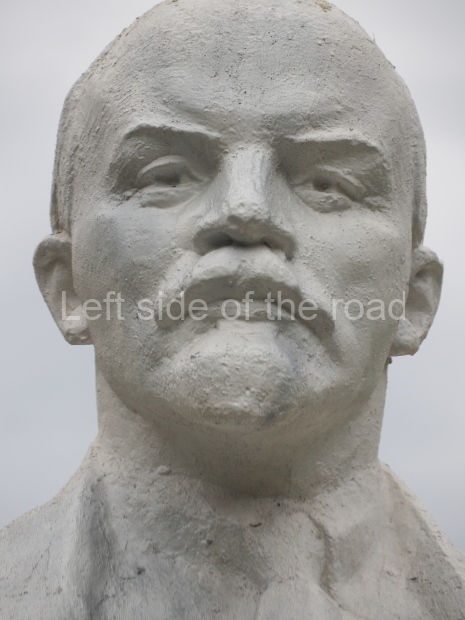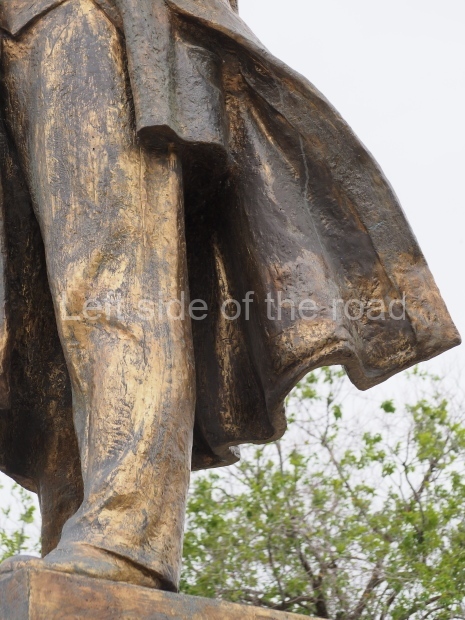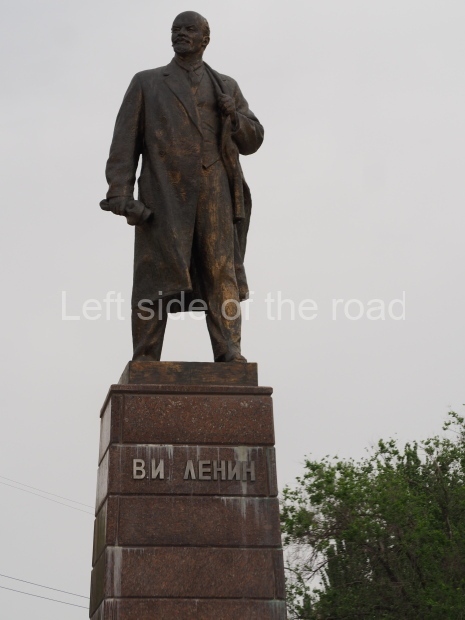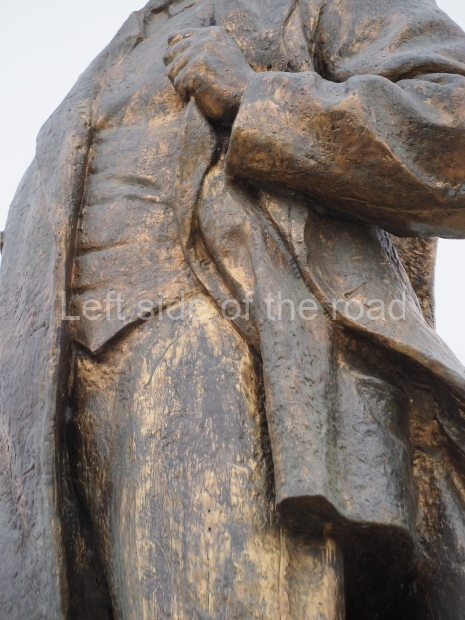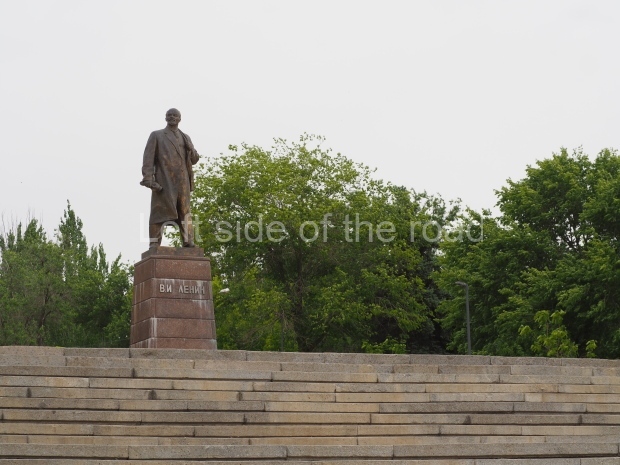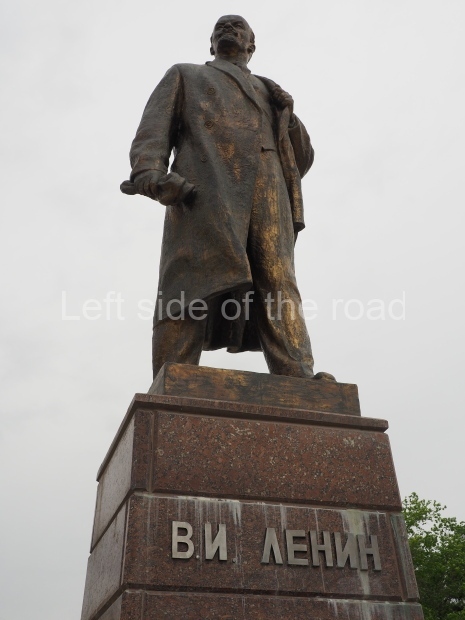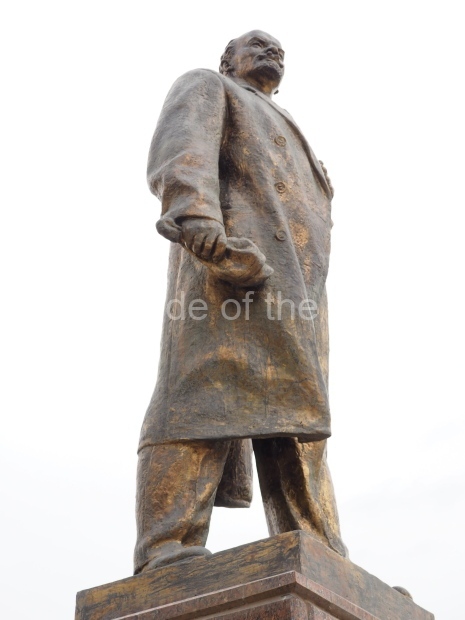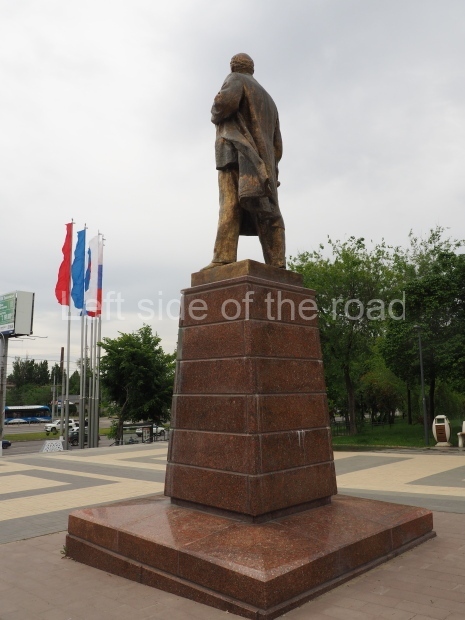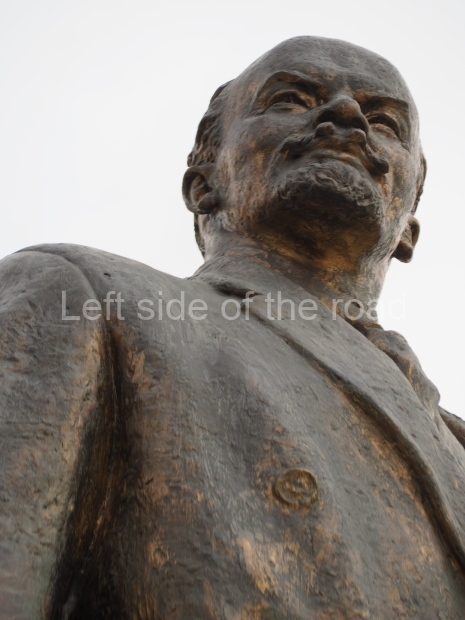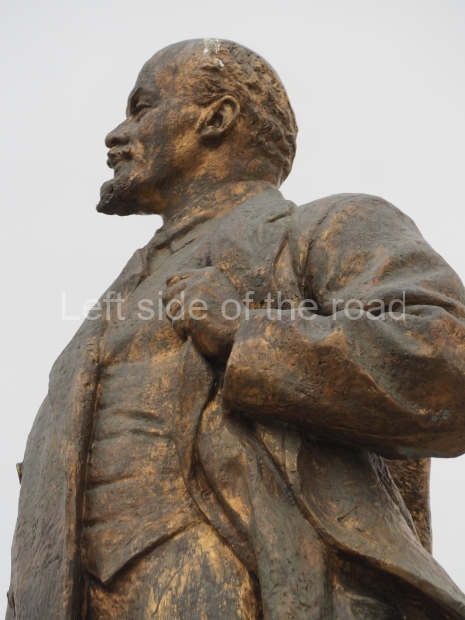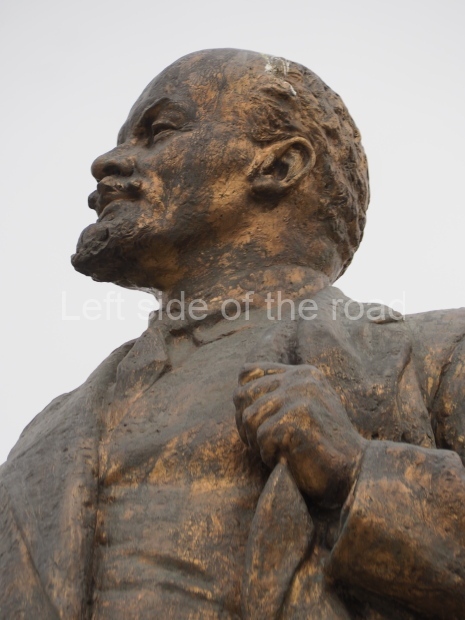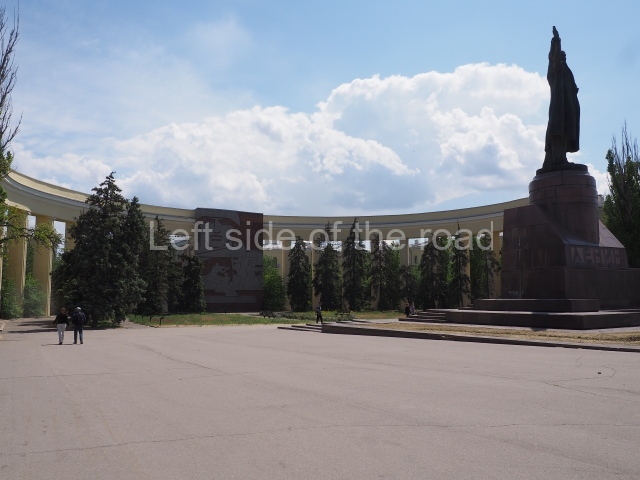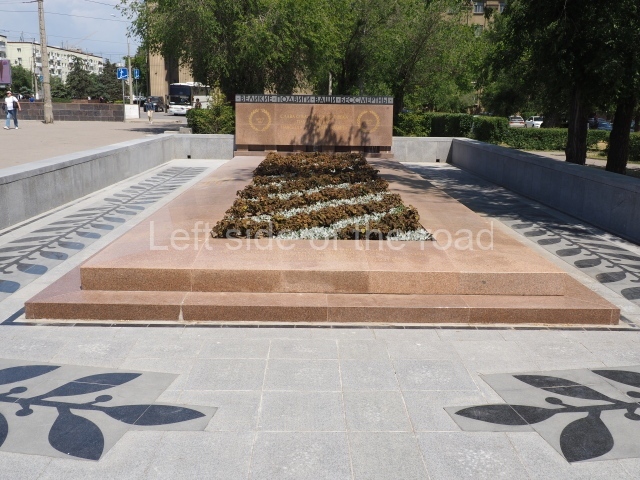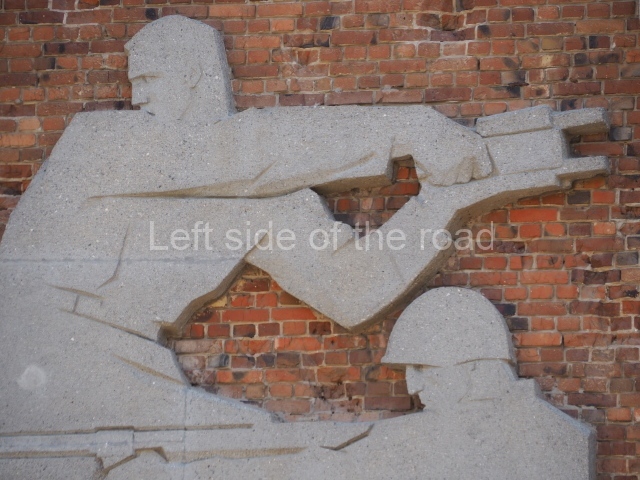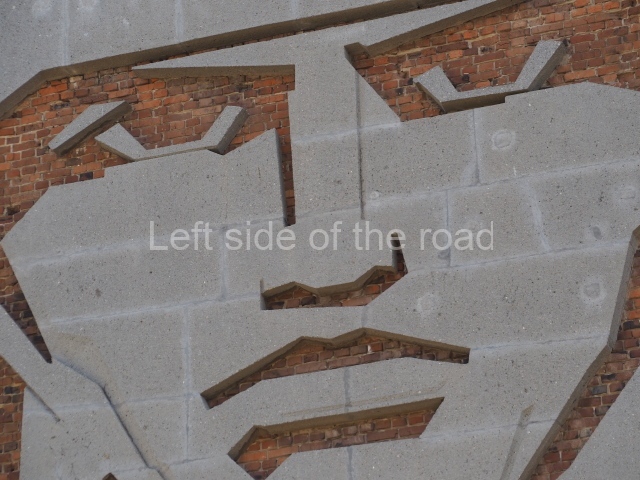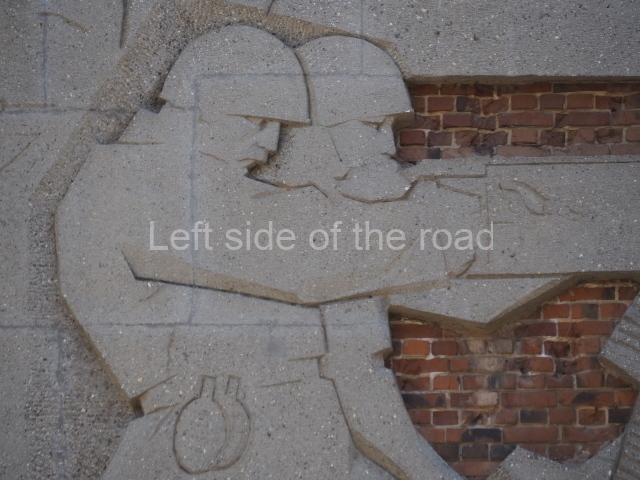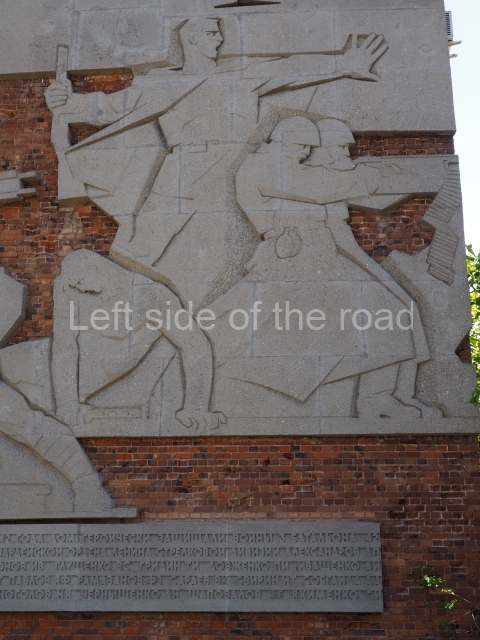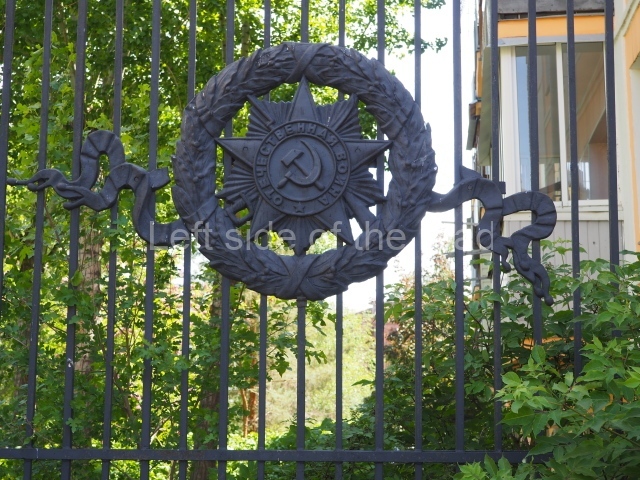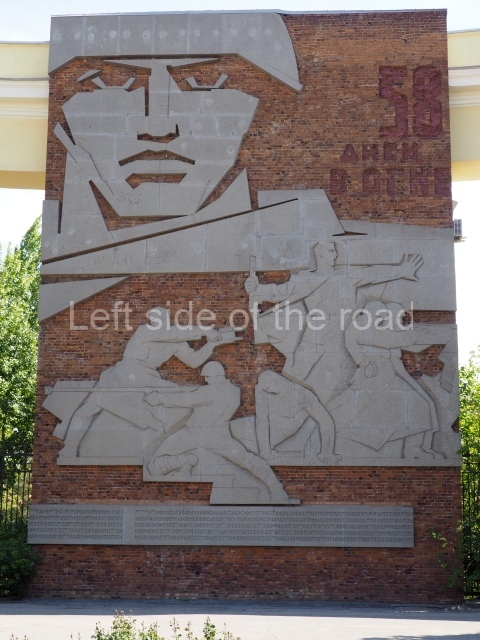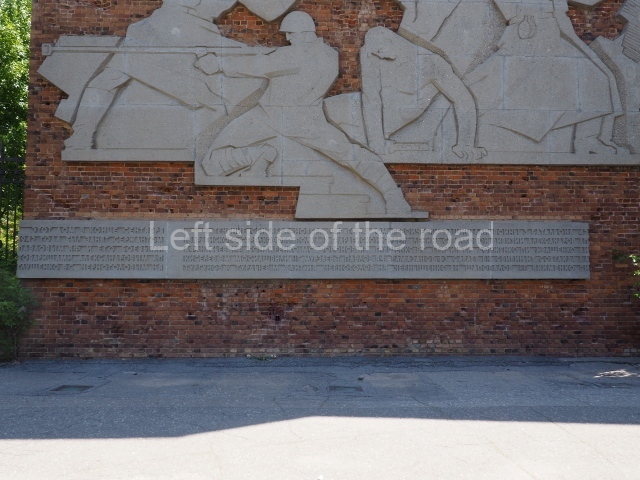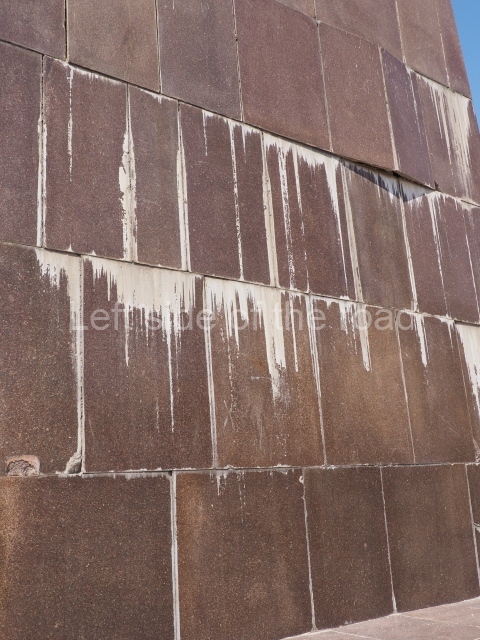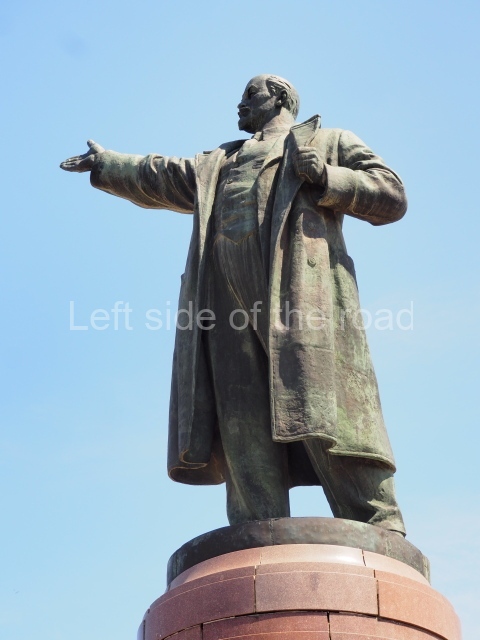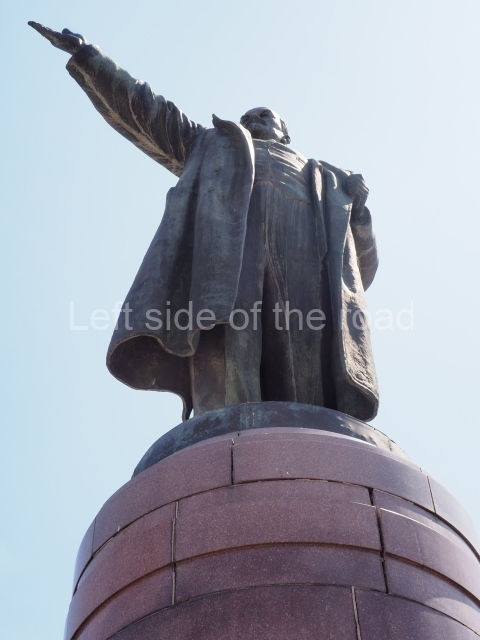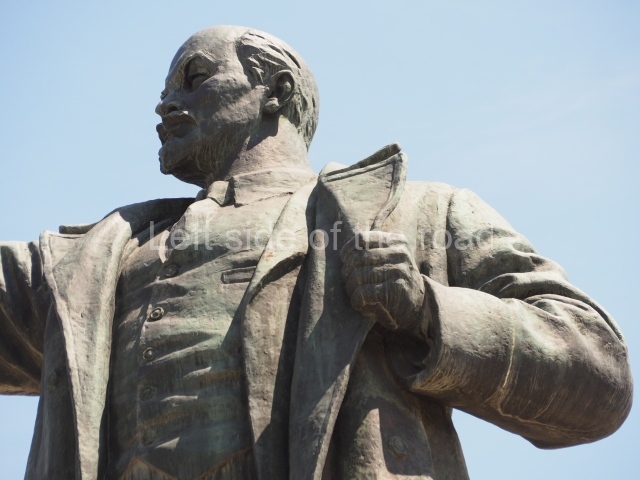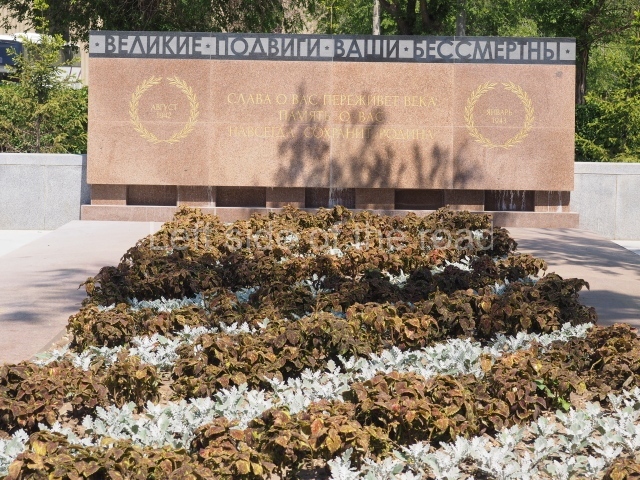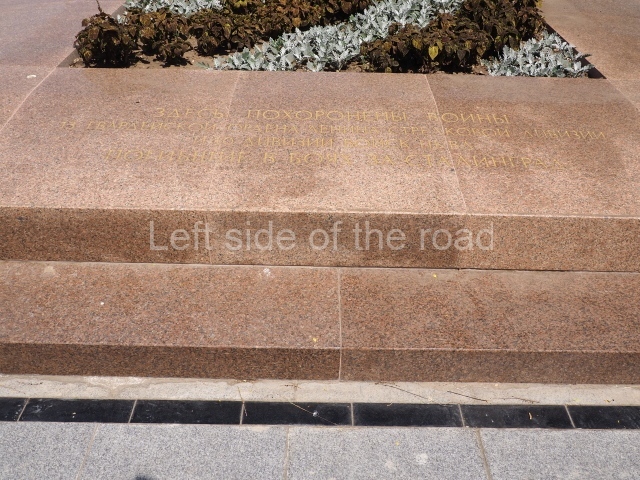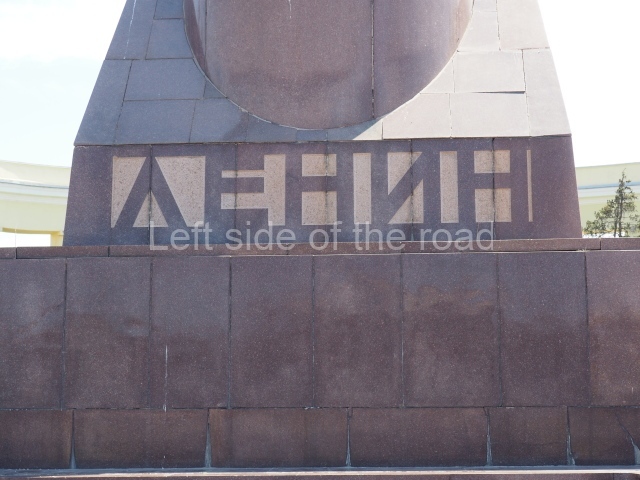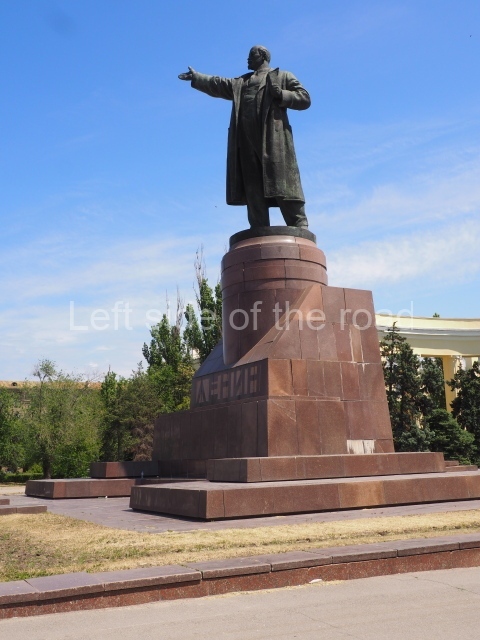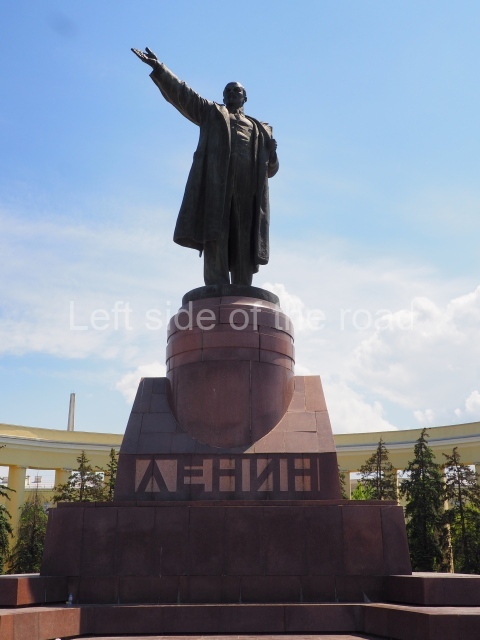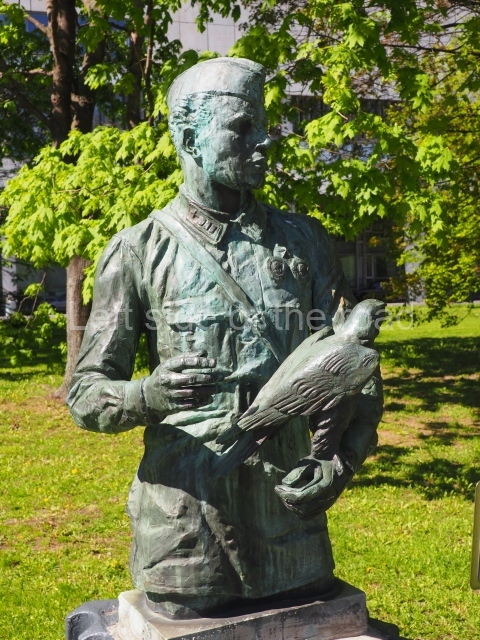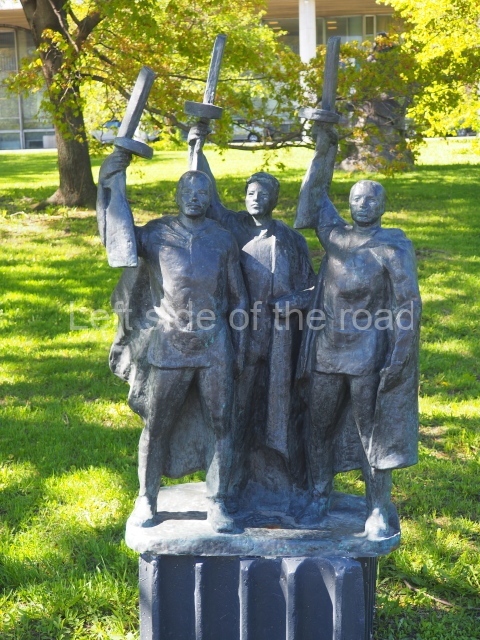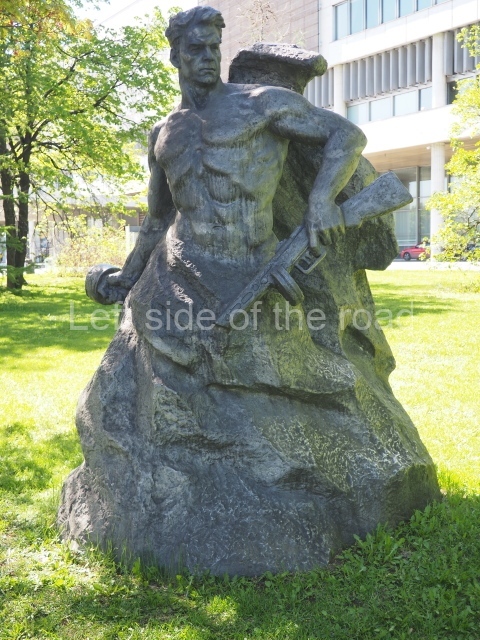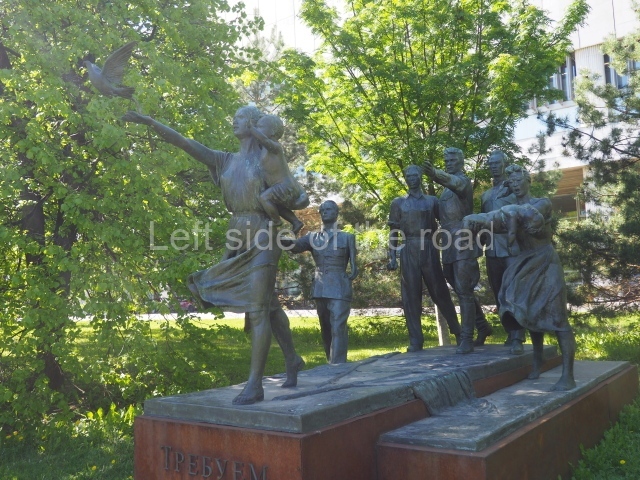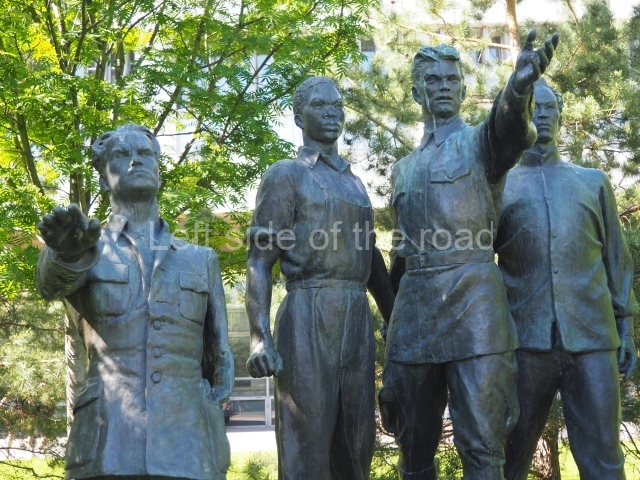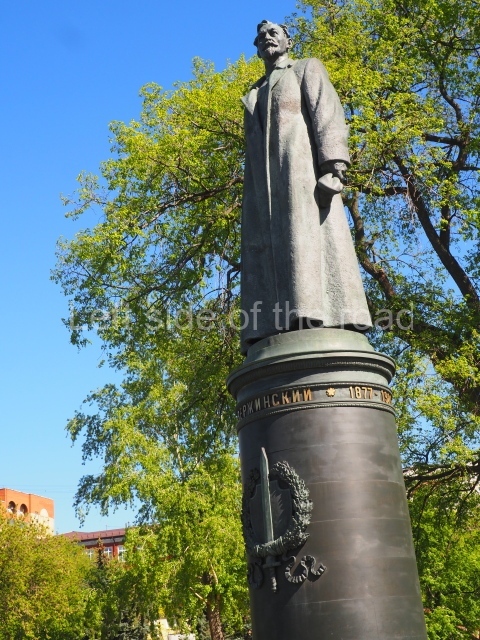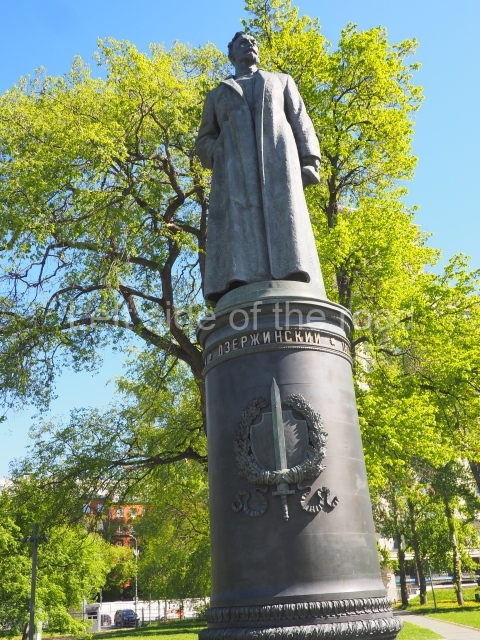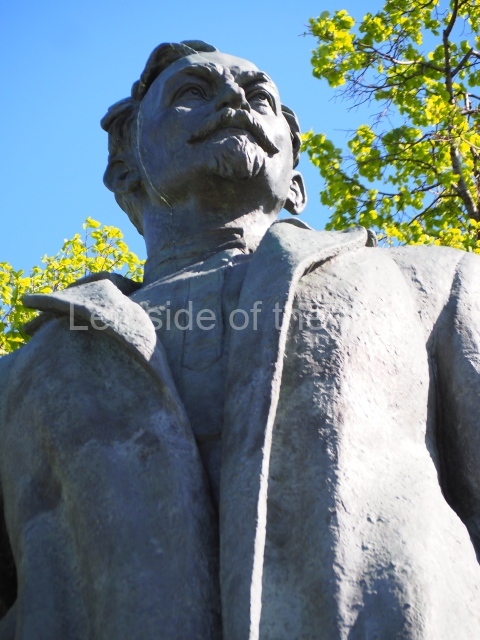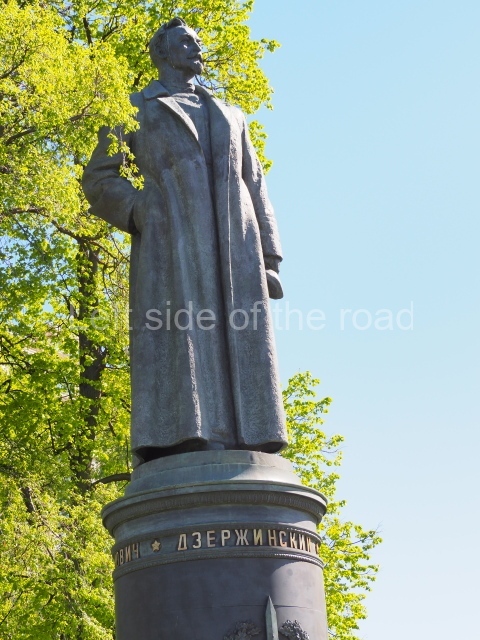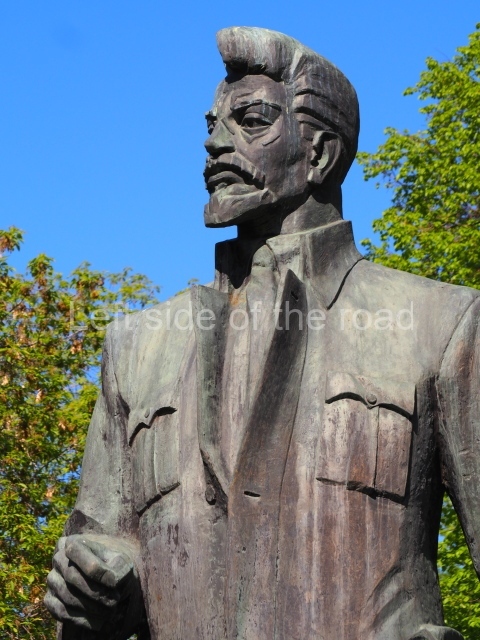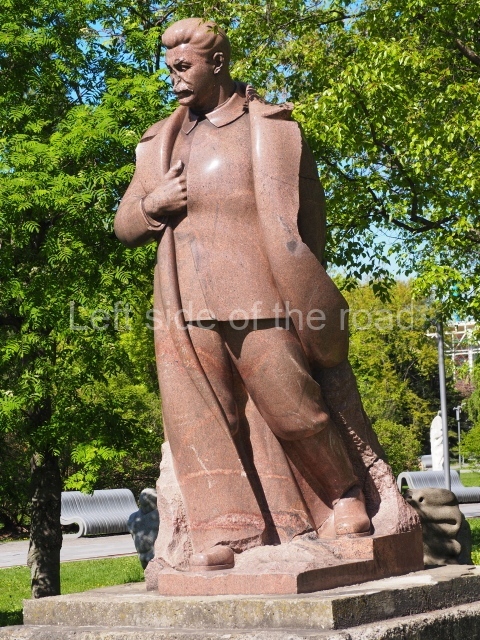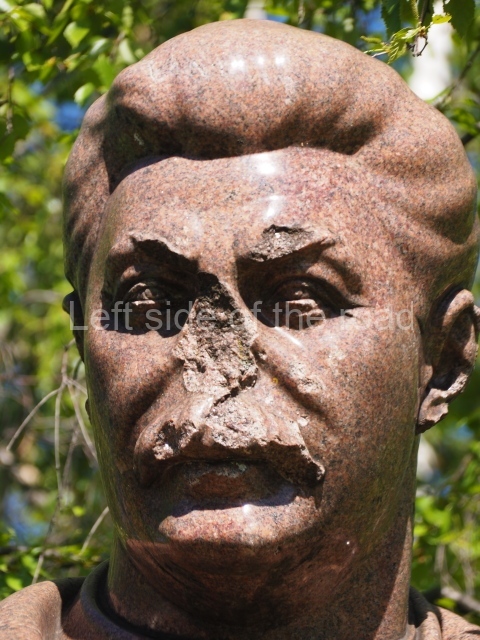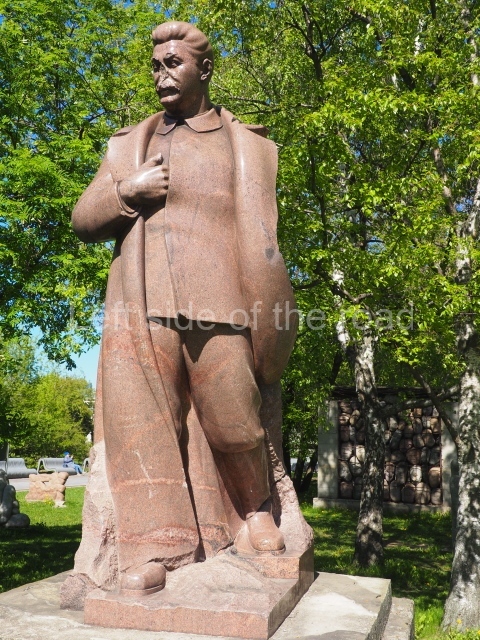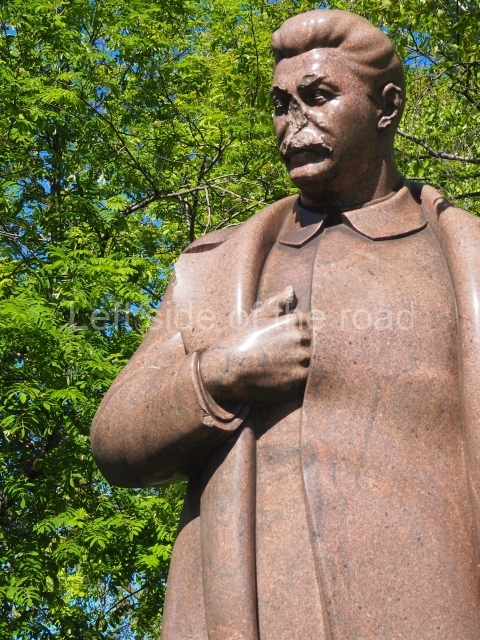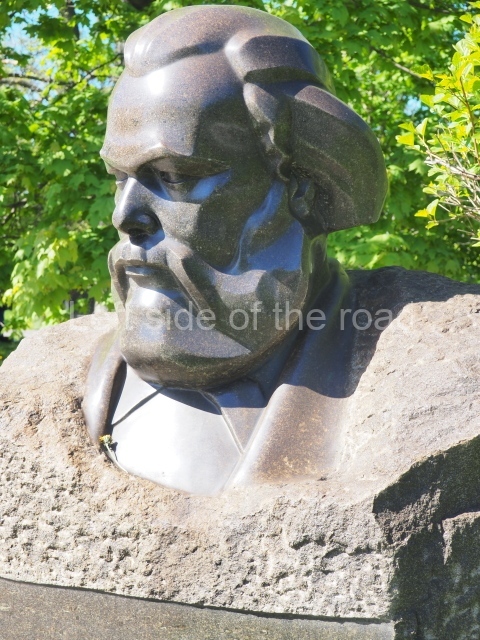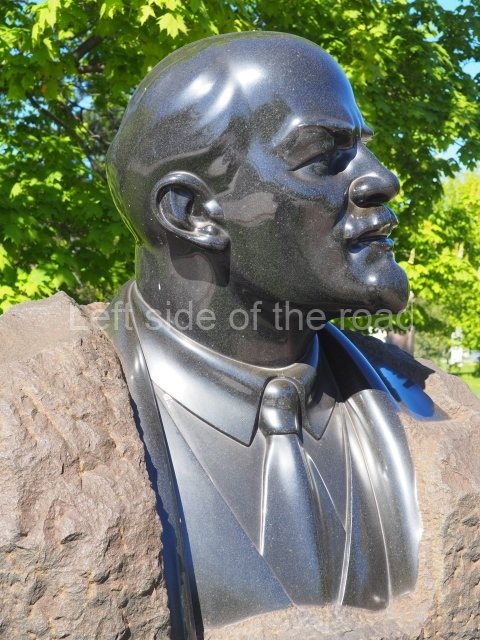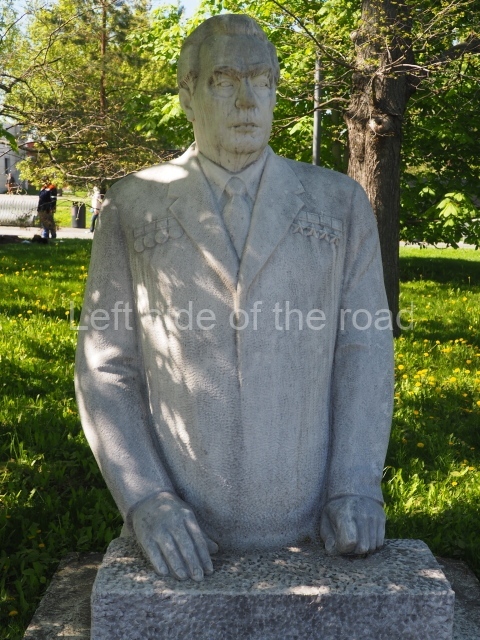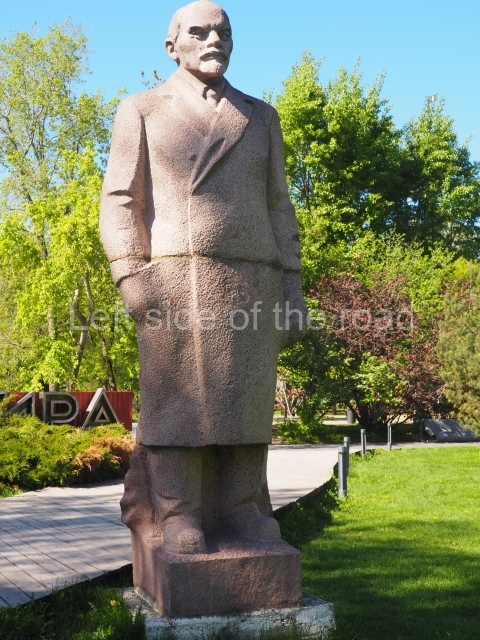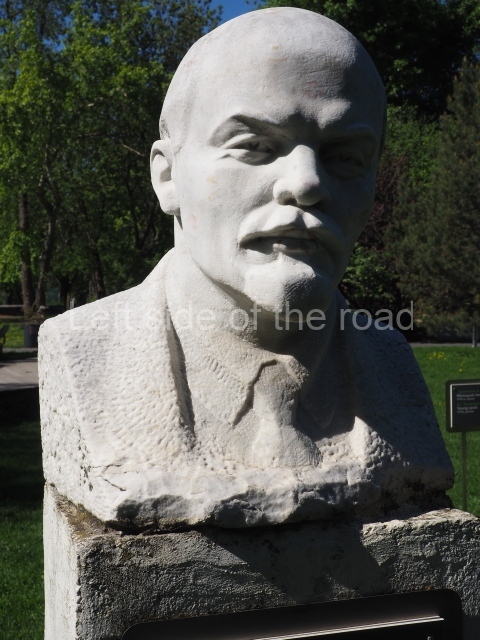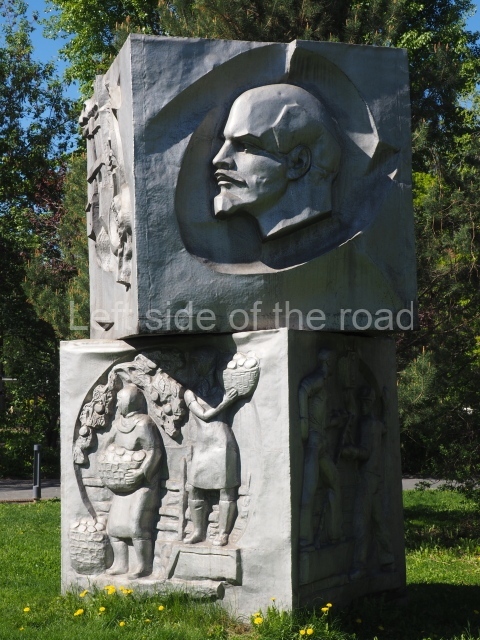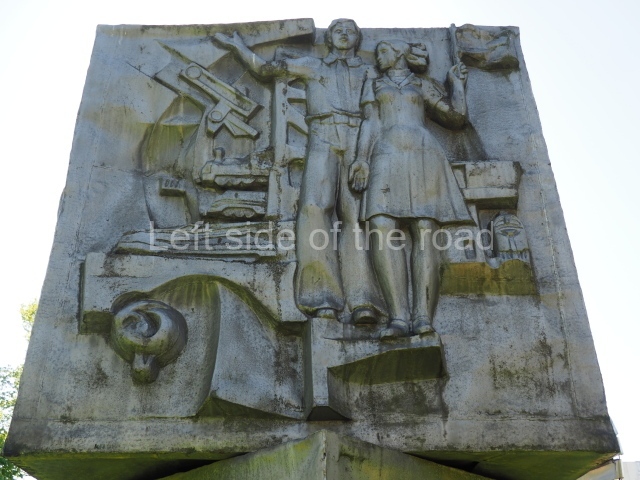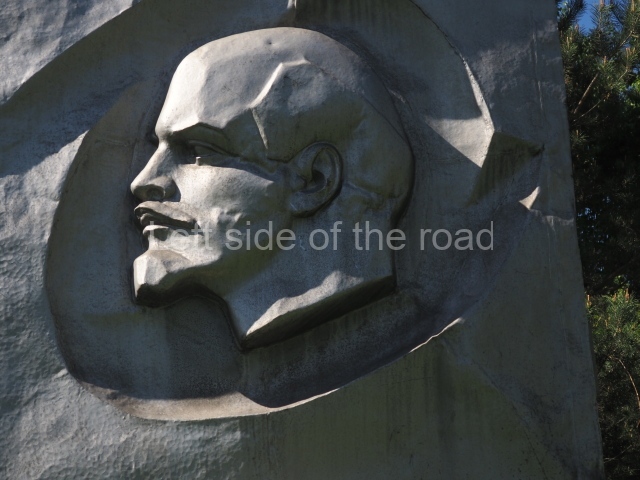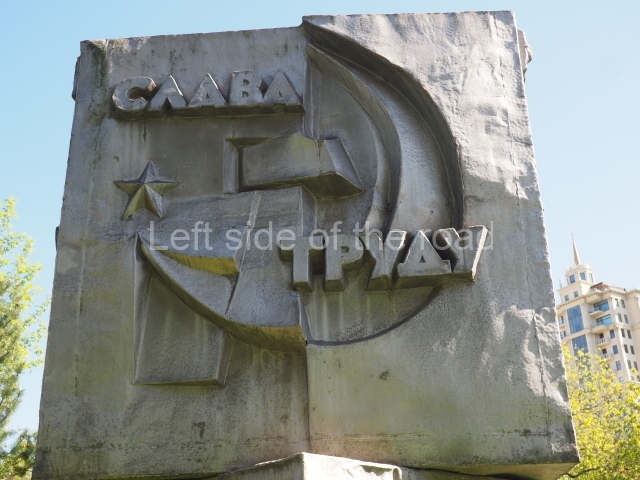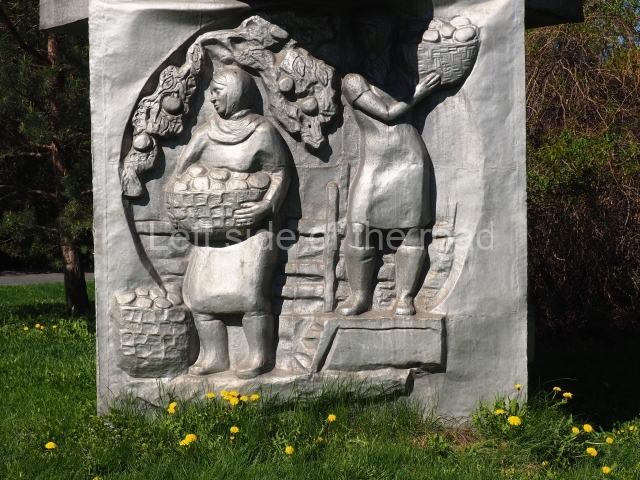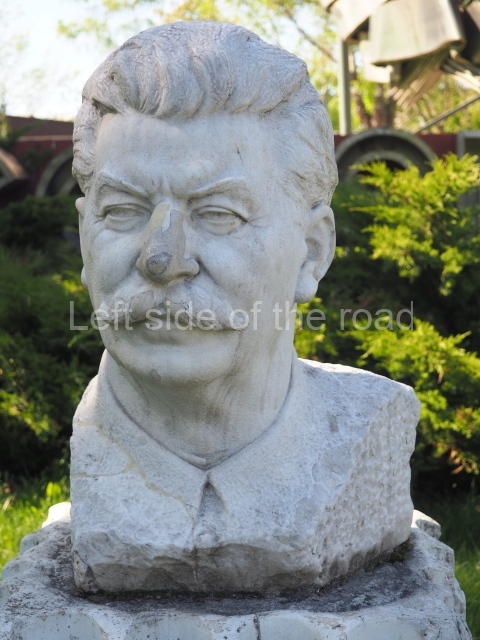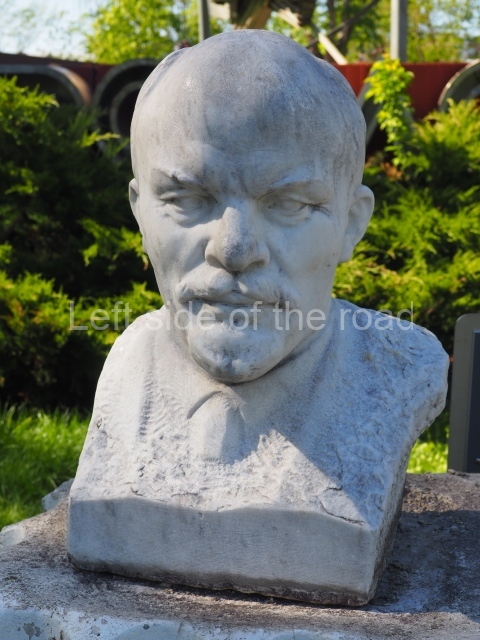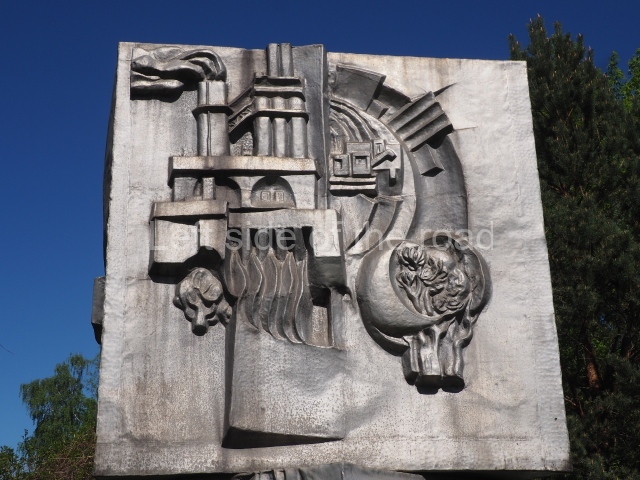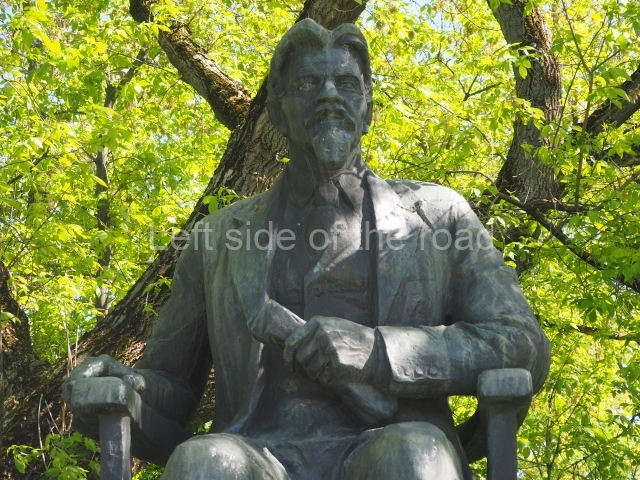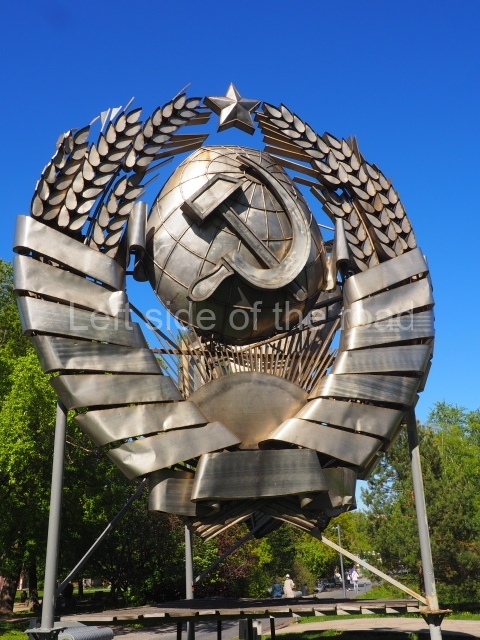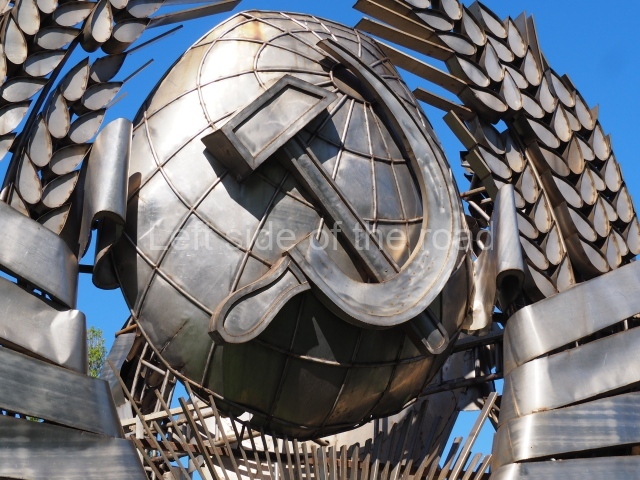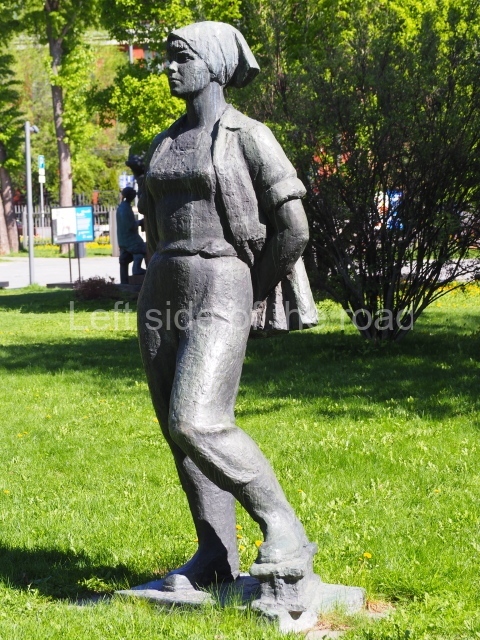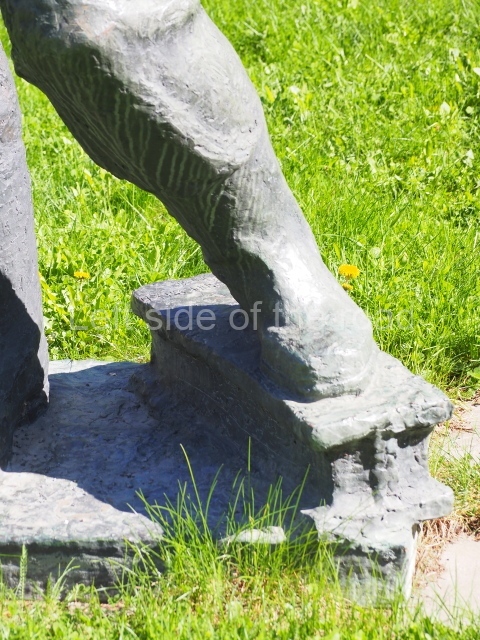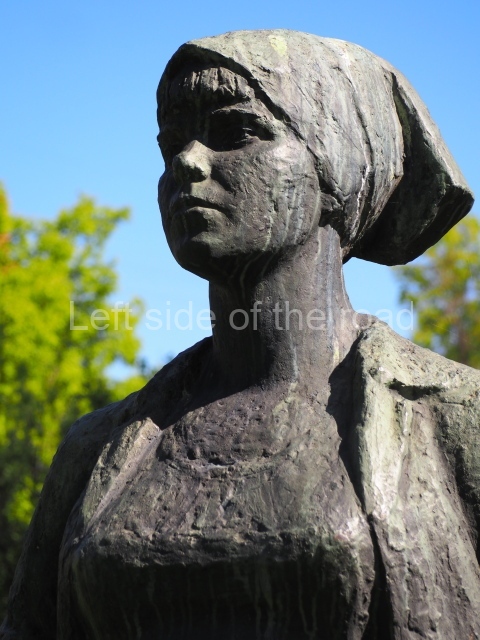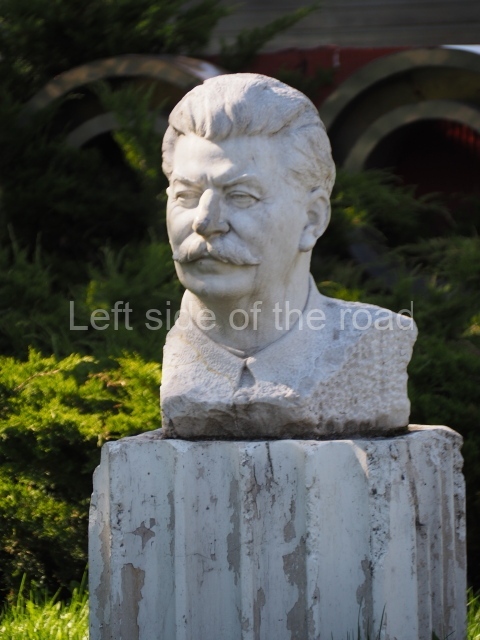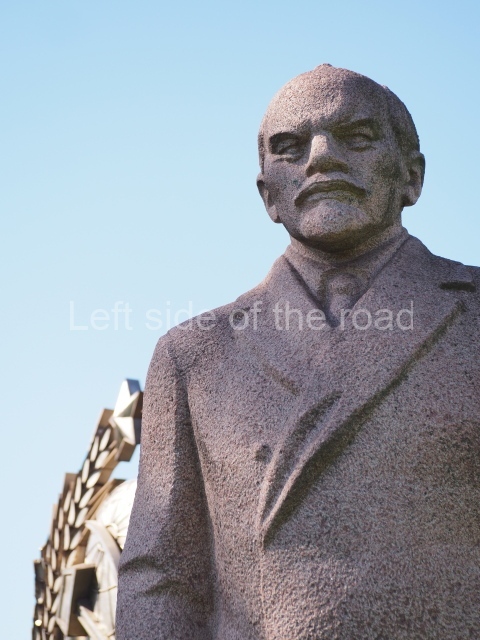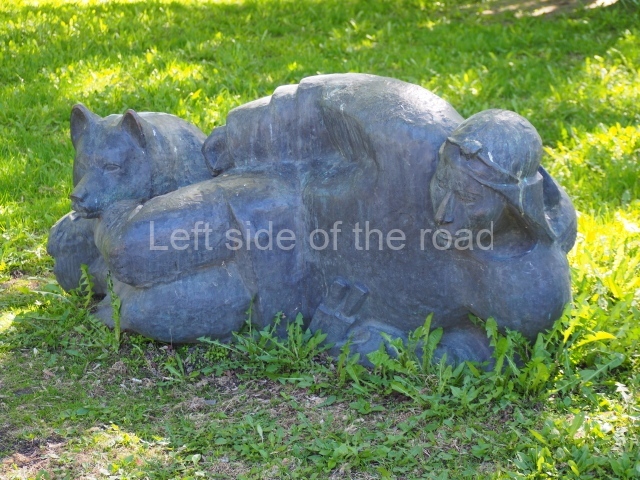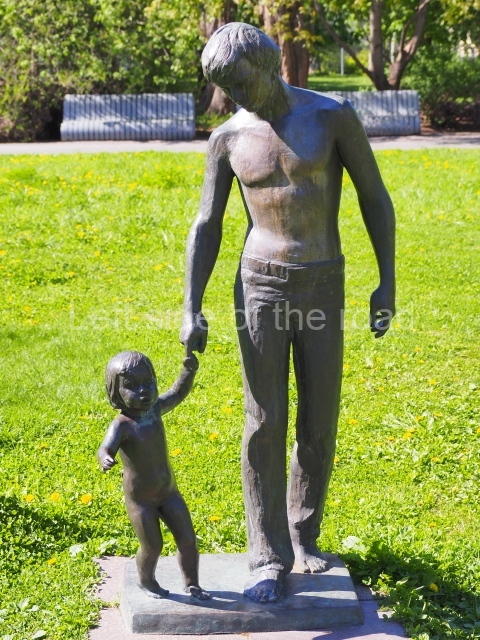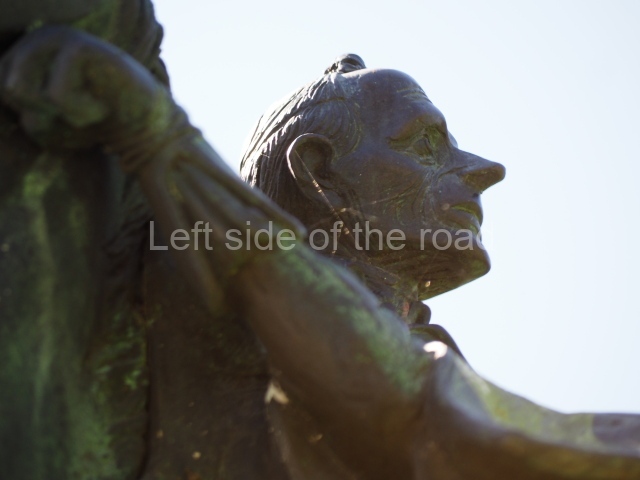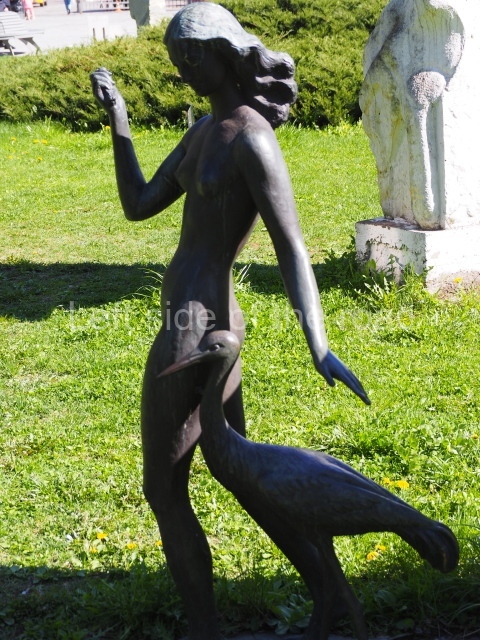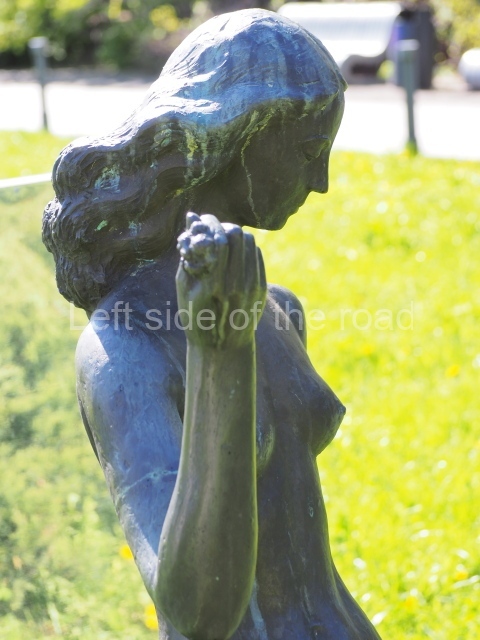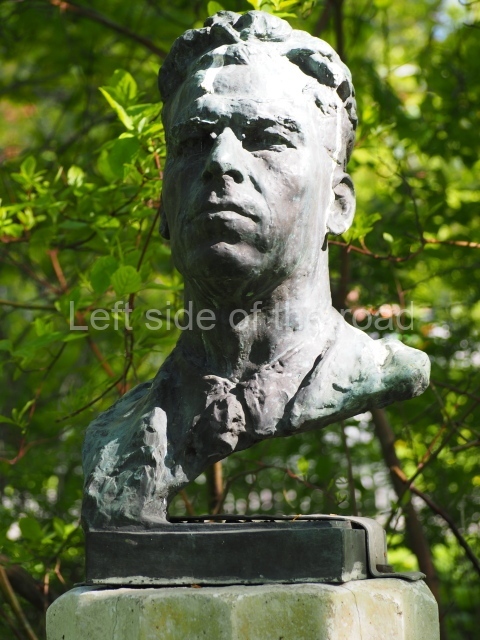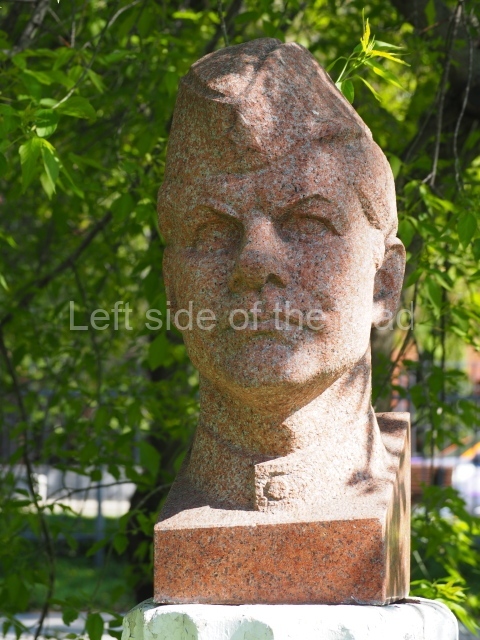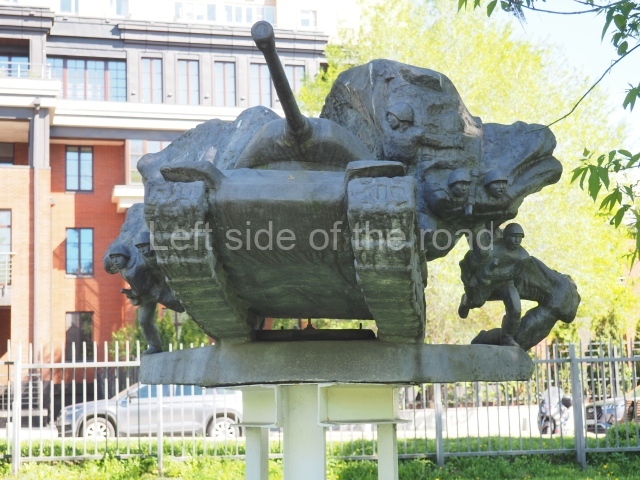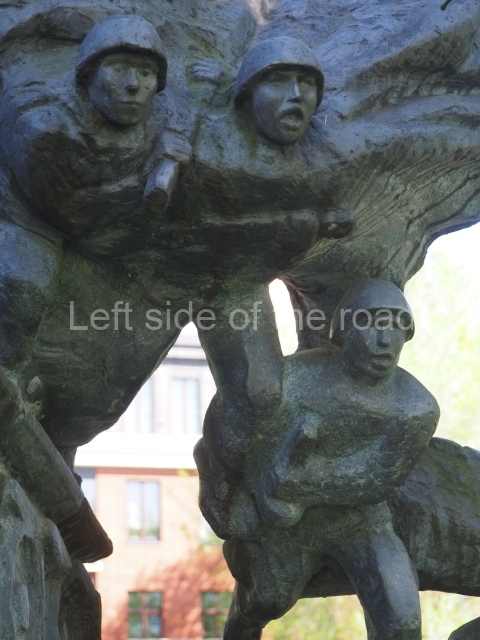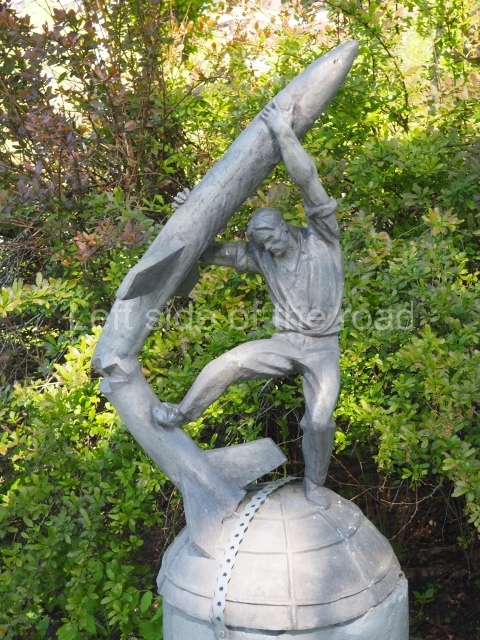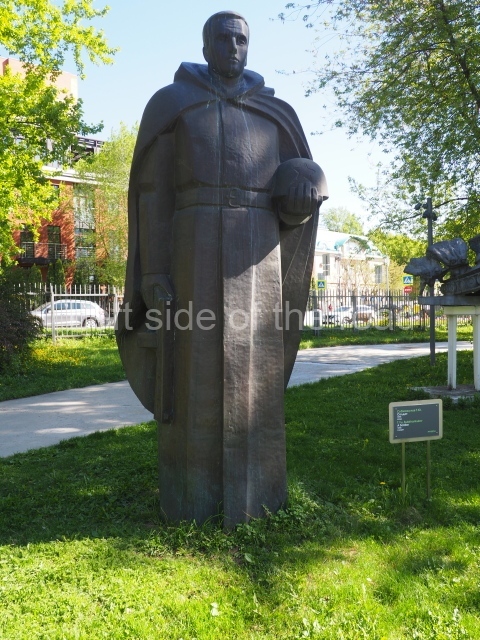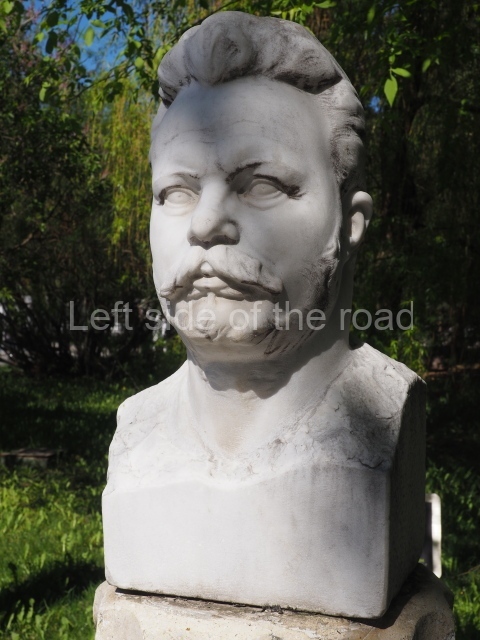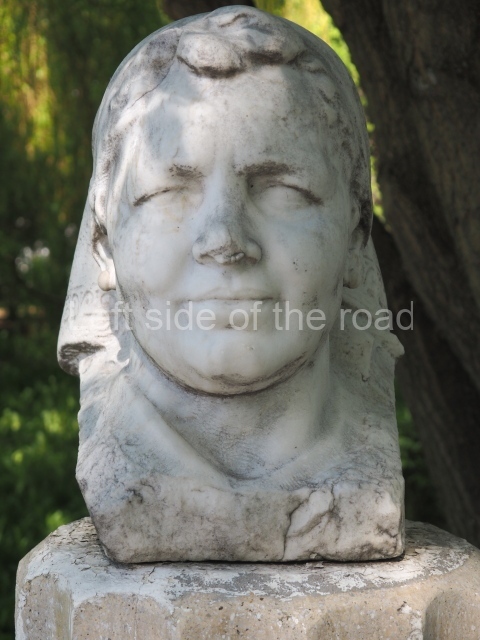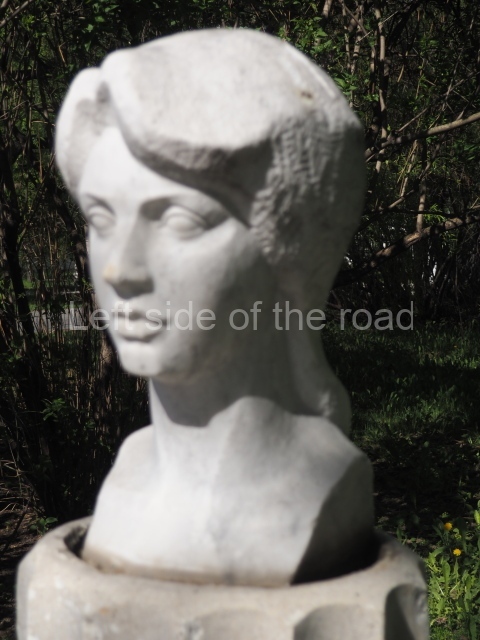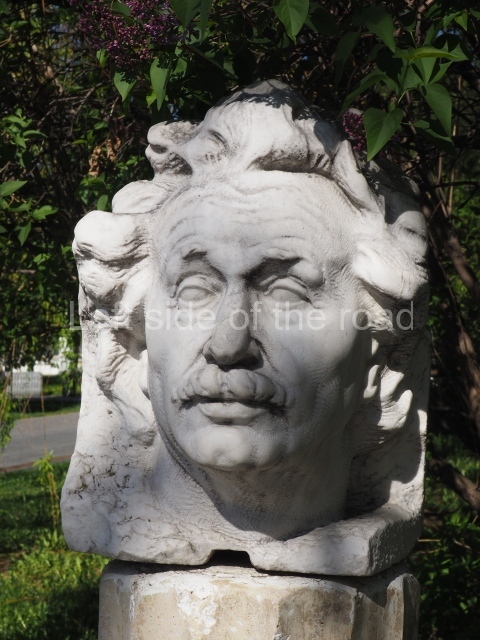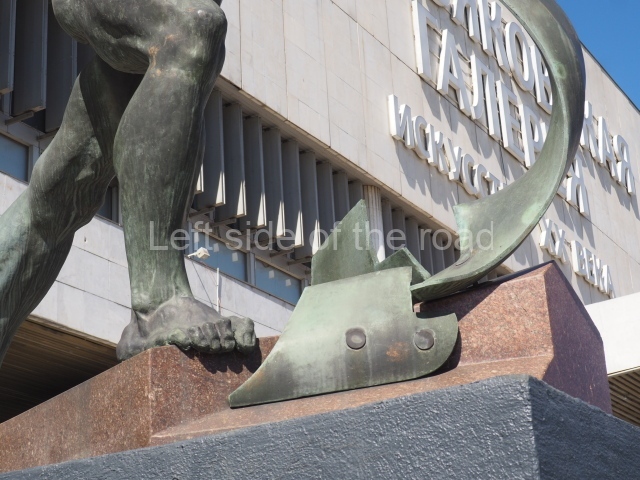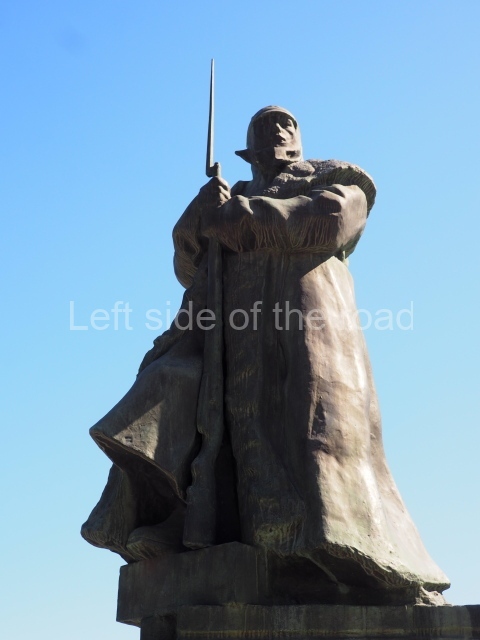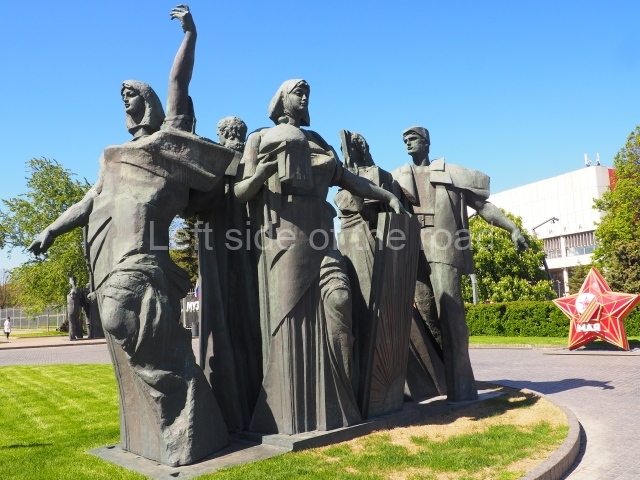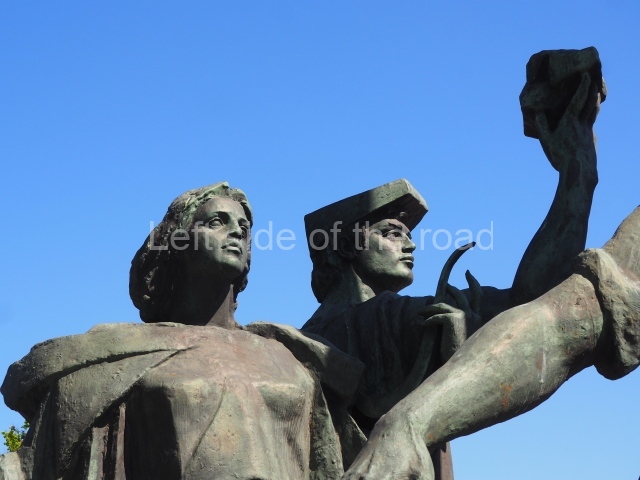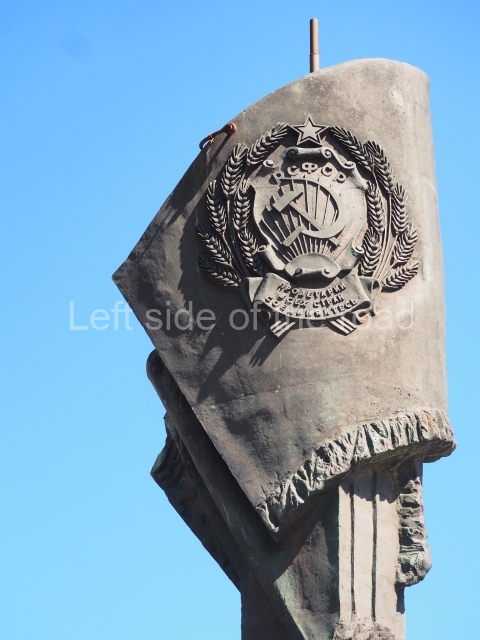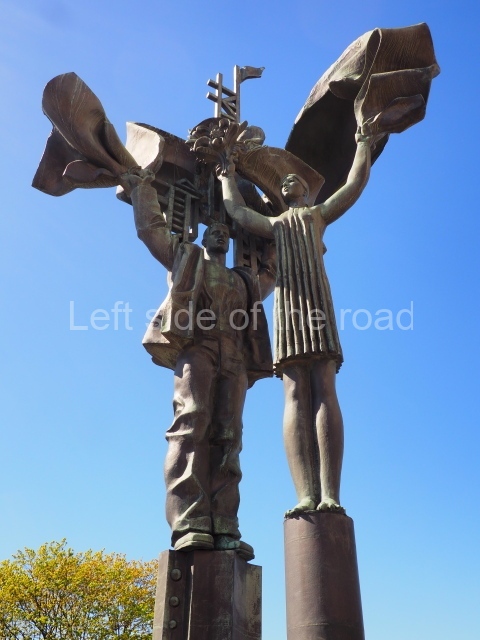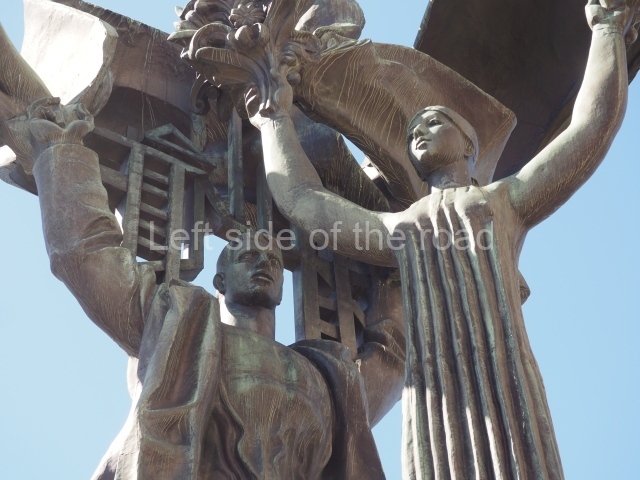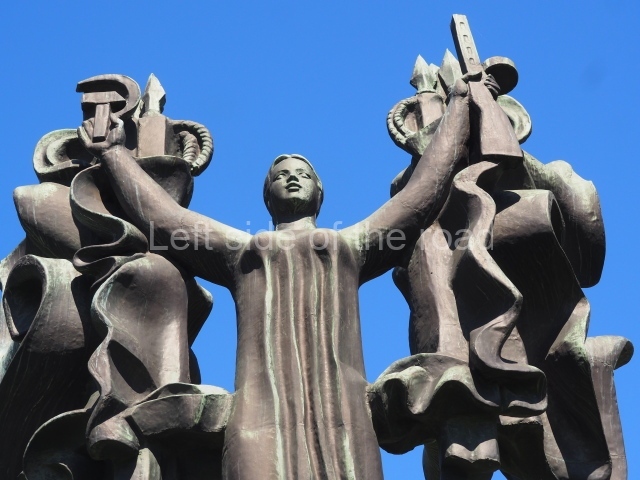-

Felix Dzerzhinsky – 1918
More on the USSR
View of the world
Ukraine – what you’re not told
Writings of (and about) the Soviet Leadership
Some individuals are included here even though they might have fallen out of favour in subsequent years. Also included are a number of biographies which vary in their sympathy to the Socialist cause.
Lavrentiy Pavlovich Beria (1989-1953)
On the History of the Bolshevik Organizations in Transcaucasia, speech delivered at a meeting of Party functionaries July 21-22 1935, Laventri Beria, International Publishers, New York, 1935, 206 pages.
On the History of the Bolshevik Organizations in Transcaucasia, speech delivered at a meeting of Party functionaries July 21-22 1935, Laventri Beria, Lawrence and Wishart, London, 1939, 206 pages.
The Great Inspirer and Organizer of the Victories of Communism, written on the occasion of JV Stalin’s 70th birthday, FLPH, Moscow, 1950, 24 pages.
The 34th Anniversary of the Great October Socialist Revolution, speech delivered at a celebration meeting of the Moscow Soviet, November 6 1951, FLPH, Mosocw, 1951, 36 pages.
Nikolai Ivanovich Bukharin (1988-1938)
Imperialism and the World Economy, with an introduction by VI Lenin (1915), Martin Lawrence, London, 1917, 173 pages.
Communism and Capitalism, a review of capitalism and the cause of its collapse, Victoria Printing and Publishing Company, Victoria BC, c 1920, 7 pages.
The ABC of Communism, a Popular Explanation of the Program of the Communist Party of Russia, translation by Eden and Cedar Paul, Nikolai Bukharin and Yevgeni Preobrazhensky, CPGB, London, 1922, 422 pages.
Lenin as a Marxist, Communist Party of Great Britain, London, c1924, 64 pages.
Historical Materialism, a system of sociology, International Publishers, New York, 1925, 318 pages.
The economic theory of the leisure class, International Publishers, New York, 1927, 220 pages.
Culture in two worlds, International Pamphlet, No. 42, International, New York, 1934, 31 pages.
The politics and economics of the transition period, 1919-1920, Routledge, London, 1979, 261 pages.
Nikolai Alexandrovich Bulganin (1895-1975)
USSR Builds for Peace, reports on the achievements of the Post-war Five-year Planand the USSR’s fight for peace, 33rd anniversary of the Great October Socialist Revolution, Nikolai Bulganin, Soviet News, London, 1950, 20 pages.
Felix Edmundovich Dzerzhinsky (1877-1926)
Prison Diary and Letters, Felix Dzerzhinsky, FLPH, Moscow, 1958, 306 pages.
Felix Dzerzhinsky – a biography, Progress Publishers, Moscow, 1988, 164 pages.
Lazar Moiseyevich Kaganovich (1993-1991)
Purging the Party, speech at a meeting of active Party members, Moscow, May 22, 1933, Cooperative Publishing Society of Foreign Workers in the USSR, Moscow, 1933, 32 pages.
Mikhail Ivanovich Kalinin (1875-1946)
Stalin, sixty years, M Kalinin, FLPH, Moscow, 1939, 98 pages. Published to celebrate Stalin’s sixtieth birthday.
The Patriotic War of the Soviet People against the German invaders, M Kalinin, FLPH, Moscow, 1942, 32 pages.
On Communist Education, speeches and articles, MI Kalinin, FLPH, Moscow, 1950, 479 pages.
Lev Borisovich Kamenev (1883-1936)
Dictatorship of the Proletariat, The Toiler, Cleaveland, 1920, 14 pages.
Alexandra Mikhailovna Kollontai (1872-1952)
Alexandra Kollontai, selected articles and speeches, International Publishers, New York, 1984, 215 pages.
Communism and the Family, Alexandra Kollantai, Pluto, London, 1971, 24 pages.
The plight, struggle and liberation of women, Selected Works 1907-1947, Alexandra Kollontai, November 8th Publishing House, Ottawa 2022, 364 pages.
Nadezhda Krupskaya (1869-1939)
Bride of the Revolution, Krupskaya and Lenin, Robert H McNeal, Ann Arbor, University of Michigan Press, 1972, 326 pages.
On Education, selected articles and speeches, NK Krupskaya, November 8th Publishing House, Ottawa 2022, 274 pages.
Maxim Maximovich Litvinov (1876-1951)
Against Aggression, Speeches, 1934-1938, together with texts of treaties and of the Covenant of the League of Nations, Maxim Litvinov, Lawrence and Wishart, London, 1939, 208 pages.
Maxim Litvinoff, a biography, AU Pope, Secker and Warburg, London, 1943, 530 pages.
Maxim Litvinov, Sheinis Zinovy, translated by Vic Schneierson, Progress Publishers, Moscow, 1988, 356 pages. (A Revisionist appreciation.)
Georgy Maksimilianovich Malenkov (1901-1988)
Report to the Nineteenth Party Congress of the work of the Central Committee of the CPSU(B), G Malenkov, FLPH, Moscow,1952, 147 pages.
Malenkov, a biographical study of Stalin’s successor, Martin Ebon, Weidenfeld and Nicolson, London, June 1953, 152 pages.
Speech by G. M. Malenkov, Chairman of the Council of Ministers of the U.S.S.R. at the session of the U.S.S.R. Supreme Soviet, August 8, 1953, Soviet News, London, 1953, 41 pages.
Speech at the Session of the USSR Supreme Soviet, August 8 1953, Soviet News, London, 1953, 28 pages. (Digitised version.)
Anastas Ivanovich Mikoyan (1895-1978)
The camp of Socialism and the camp of capitalism, AI Mikoyan, FLPH, Moscow, 1950, 63 pages.
The Memoirs of Anastas Mikoyan, Volume 1, The Path of Struggle, Sphinx Press, Madison, 1988, 583 pages.
Vyacheslav Mikhaylovich Molotov (1890-1986)
The Constitution of Socialism, Speech delivered at the Eighth Congress of Soviets of the USSR, Vyachesla Molotov, Cooperative Publishing Company of Foreign Workers in the USSR, Moscow, 1937, 31 pages.
Statement in the Supreme Soviet USSR on the ratification of the Soviet-German Non-Aggression Pact, August 31 1939, Modern Books, London, 1939, 14 pages.
Speech to the Sixth Session Supreme Soviet USSR, March 29th 1940, with an introduction by William Rust, Vyachesla Molotov, Modern Books, London, 1940, 20 pages.
Soviet Peace Policy, Vyachesla Molotov, with a foreword by DN Pritt and a biographical sketch by WP and Zelda Coates, Anglo-Russian News Bulletin, Lawrence and Wishart, London, 1941, 101 pages.
Note Submitted by V Molotov, People’s Commissar of Foreign Affairs of the USSR, concerning the universal robbery and despoliation of the population, and the monstrous atrocities perpetrated by the German authorities on occupied Soviet territory, FLPH, Moscow, 1942, 20 pages.
The Molotov Notes on German Atrocities, notes sent by VM Molotov, People’s Commissar for Foreign Affairs, to all governments with which the USSR has diplomatic relations, issued on behalf of the Embassy of the USSR in London, His majesty’s Stationary Office, London, 1942, 20 pages.
The life story of V Molotov, George Gay, Pilot Press, London, nd., 1940s?, 92 pages.
The Armed Forces of the United Nations on Foreign Territory, speeches in Committee 1 of the General Assembly of the United Nations, November 1946, Information Bulletin of the Embassy of the Union of Soviet Socialist Republics, Washington, 1946, 31 pages.
VM Moltov’s Speeches and Statements made at the Moscow Session of the Council of Foreign Ministers, March10-April 34 1947, Soviet News, London, 1947, 124 pages.
30th anniversary of the Great October Socialist Revolution, speech delivered at the celebration meeting of the Moscow Soviet on November 6 1947, Soviet News, London, 1947, 20 pages.
For a democratic peace with Germany, speeches and statements made at the London session of the Council of Foreign Ministers, November 25-December 15, 1947, Soviet News, London, 1948, 99 pages.
Molotov Remembers, inside Kremlin Politics by Vyacheslav Molotov, conversations with Felix Chuev, edited with an introduction and notes by Albert Resis, Ivan R Dee, Chicago, 1993, 463 pages.
Stalin’s Letters to Molotov 1925-1936, editors Lars T Lih, Oleg V Naumoy, Annals of Communism Series, Yale University Press, New Haven, 1995, 276 pages.
Molotov Stalin’s Cold Warrior, Geoffrey Roberts, Potomac Books, Washington, 2012, 254 pages.
Letters to the Communist Party of Yugoslavia and other documents, J.V. Stalin and V.M. Molotov, Sava Press, Toronto, 2025, 157 pages.
Osip Piatnitsky (1882-1938)
Memoirs of a Bolshevik, Martin Lawrence, London, 1933?, 224 pages.
Yevgeni Alekseyevich Preobrazhensky (1886-1937)
The ABC of Communism, a Popular Explanation of the Program of the Communist Party of Russia, translation by Eden and Cedar Paul, Nikolai Bukharin and Yevgeni Preobrazhensky, CPGB, London, 1922, 422 pages.
The new economics, Clarendon Press, Oxford, 1965, 310 pages.
Karl Berngardovich Radek (1885-1939)
Proletarian Dictatorship and Terrorism, Marxian Educational Society, Detroit, 1921, 60 pages.
Is the Russian Revolution a bourgeois revolution?, a keen analysis of situation in Soviet Union, The Voice of Labor, Chicago, c1920, 22 pages.
Maksim Zakharovich Saburov (1900-1977)
Report on the directives of the XIXth Party Congress relating to the Fifth Five-year Plan for the development of the USSR in 1951-1955, M Saburov, FLPH, Moscow, 1952, 72 pages.
Yakov Mikhailovich Sverdlov (1985-1919)
Yakov Sverdlov, a biography, Klavdiya Sverdlova, November 8th Publishing House, Ottawa 2023, 184 pages.
Andrei Yanuaryevich Vyshinskiy (1883-1954)
The peace and friendship of nations against the instigators of a new war, speech delivered at the Second General Assembly of the United Nations, September 18 1947, Embassy of the Union of Soviet Socialist Republics, Washington, 1947, 38 pages.
The Law of the Soviet State, Macmillan Company, New York, 1948, 749 pages.
The teachings of Lenin and Stalin on Proletarian Revolution and the State, Soviet News, London, 1948, 120 pages.
The Soviet position on Prohibition of Atomic Weapons and International Control of Atomic Energy, speeches at the Fourth Session of the United Nations General Assembly, November 1949, Information Bulletin of the Embassy of the Union of Soviet Socialist Republics, Washington, 1949, 56 pages.
Lenin and Stalin, the great organizers of the Soviet State, FLPH, Moscow, 1949, 71 pages.
JV Stalin’s Doctrine of the Socialist State, FLPH, Moscow, 1951, 38 pages.
Andrei Alexandrovich Zhdanov (1896-1948)
Amendments to the Rules of the CPSU(B), Report to the 18th Congress of the CPSU(B), Andrei Zhadanov, FLPH, Moscow, 1939, 64 pages.
On The History of Philosophy, Andrei Zhdanov, np., nd., 1947?, 28 pages.
Selected Works, Andrei Zhdanov, November 8th Publishing House, Ottawa 2023, 341 pages.
On literature, music and philosophy, Lawrence and Wishart, London, 1950, November 8th Publishing House, Toronto, 2022, 112 pages.
Grigory Zinoviev (1883-1936)
Lenin – his life and work, The Toiler, Cleveland, Ohio, 1918, 48 pages.
Collections
Reports to the Nineteenth Congress of the Communist Party of the Soviet Union, Soviet Leaders Speak for Communism and Peace, Vyacheslav Molotov, Lavrenty Beria, Nikolai Bulganin, Lazar Kaganovich, Kliment Voroshilov, New Century Publishers, New York, 1952, 49 pages.
The Stalin Heritage, speeches given at the funeral of JV Stalin, March 9 1953, by Georgy Malenkov, Lavrenty Beria, and Vyacheslav Molotov, New Century, New York, 1953, 15 pages.
Soviet Political Thought, an anthology, Michael Jaworsky, John Hopkins Press, Baltimore, 1967, 621 pages.
Marxism in Russia: Key Documents, 1879-1906, edited by Neil Harding, translated by Richard Taylor, Cambridge University Press, 1983, 433 pages.
Directory
Who was who in the USSR, a biographic directory containing 5,015 biographies of prominent Soviet historical personalities, compiled by the Institute for the Study of the USSR, Munich, Scarecrow Press, New Jersey, 1972, 677 pages.
Although not in the Soviet leadership his writing had an impact on the development of Leninism and so included here.
Georgi Valentinovich Plekhanov (1856-1918)
Fundamental Problems of Marxism, The Marxist-Leninist Library, Volume 14, Lawrence and Wishart, London, 1941, 145 pages.
In Defence of Materialism: The Development of the Monist View of History, first published in 1895, Lawrence and Wishart, London, 1947, 303 pages.
Utopian Socialism of the Nineteenth Century, originally written in 1913, FLPH, Moscow, n.d. [late 1950s?], 84 pages.
Fundamental Problems of Marxism, International, New York, 1969, 192 pages. Also includes the essays The Materialist Conception of History and The Role of the Individual in History.
Fundamental Problems of Marxism, Progress/Lawrence and Wishart, Moscow/London, 1974, 118 pages.
Essays in Historical Materialism, consisting of the two major essays, The Materialist Conception of History and The Role of the Individual in History. Reprint: Foreign Languages Press, Paris, 2020, 96 pages.
Selected Philosophical Works, in 5 volumes
Volume 1, Lawrence and Wishart, London, 1977, 826 pages.
Volume 2, Progress Publishers, Moscow, 1976, 744 pages.
Volume 3, Progress Publishers, Moscow, 1976, 714 pages.
Volume 4, Progress Publishers, Moscow, 1980, 775 pages.
Volume 5, Progress Publishers, Moscow, 1981, 720 pages.
More on the USSR
View of the world
Ukraine – what you’re not told

























































































